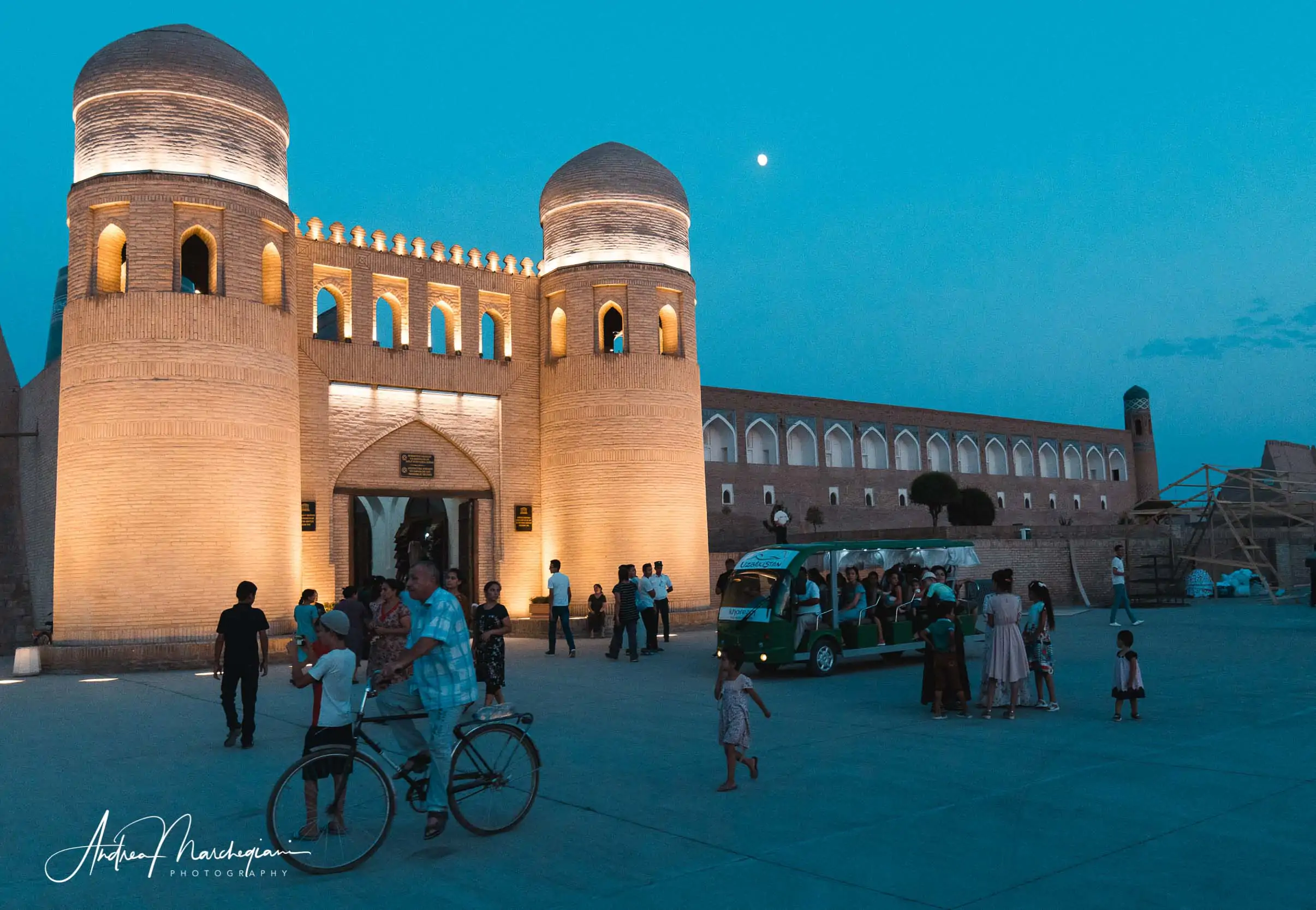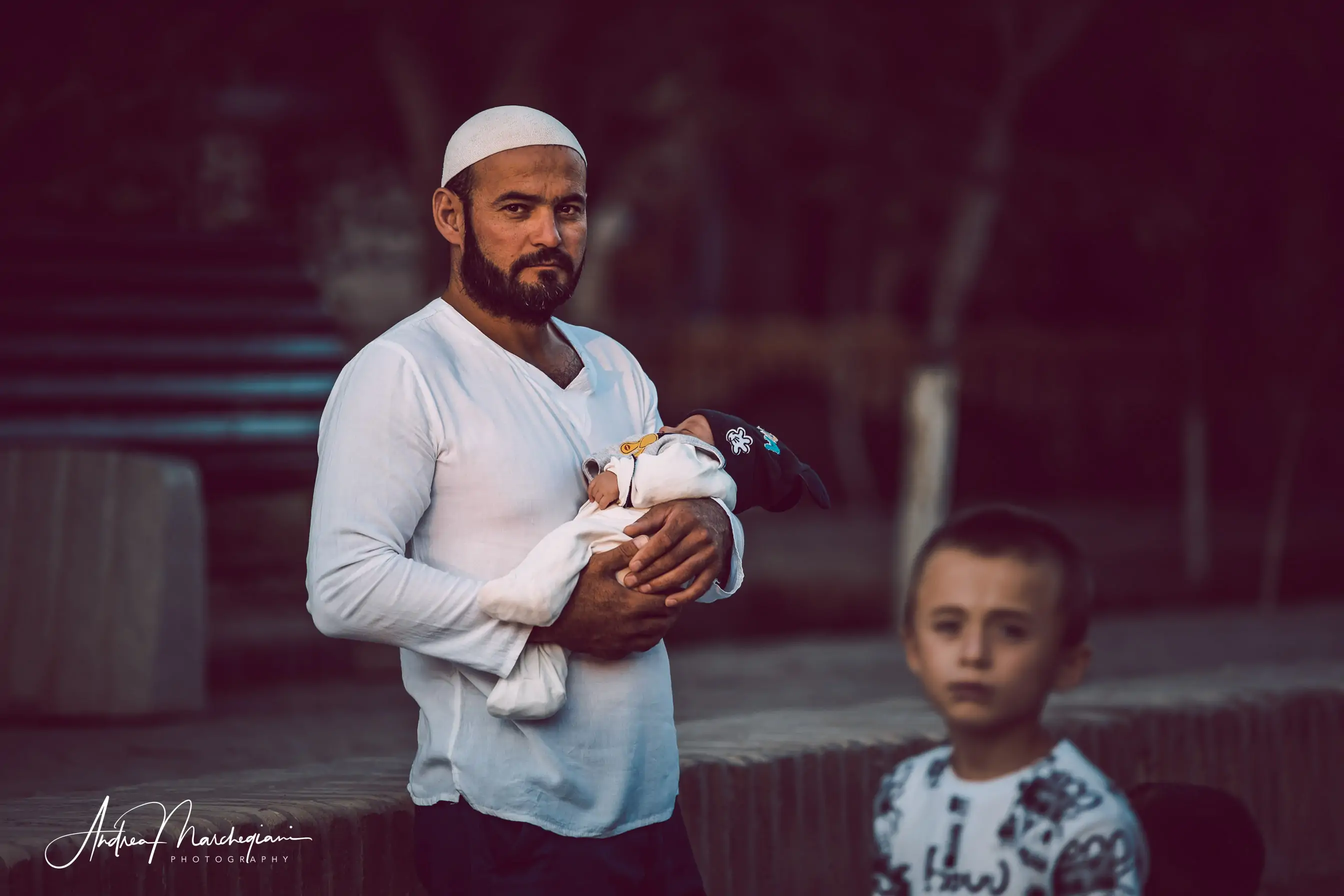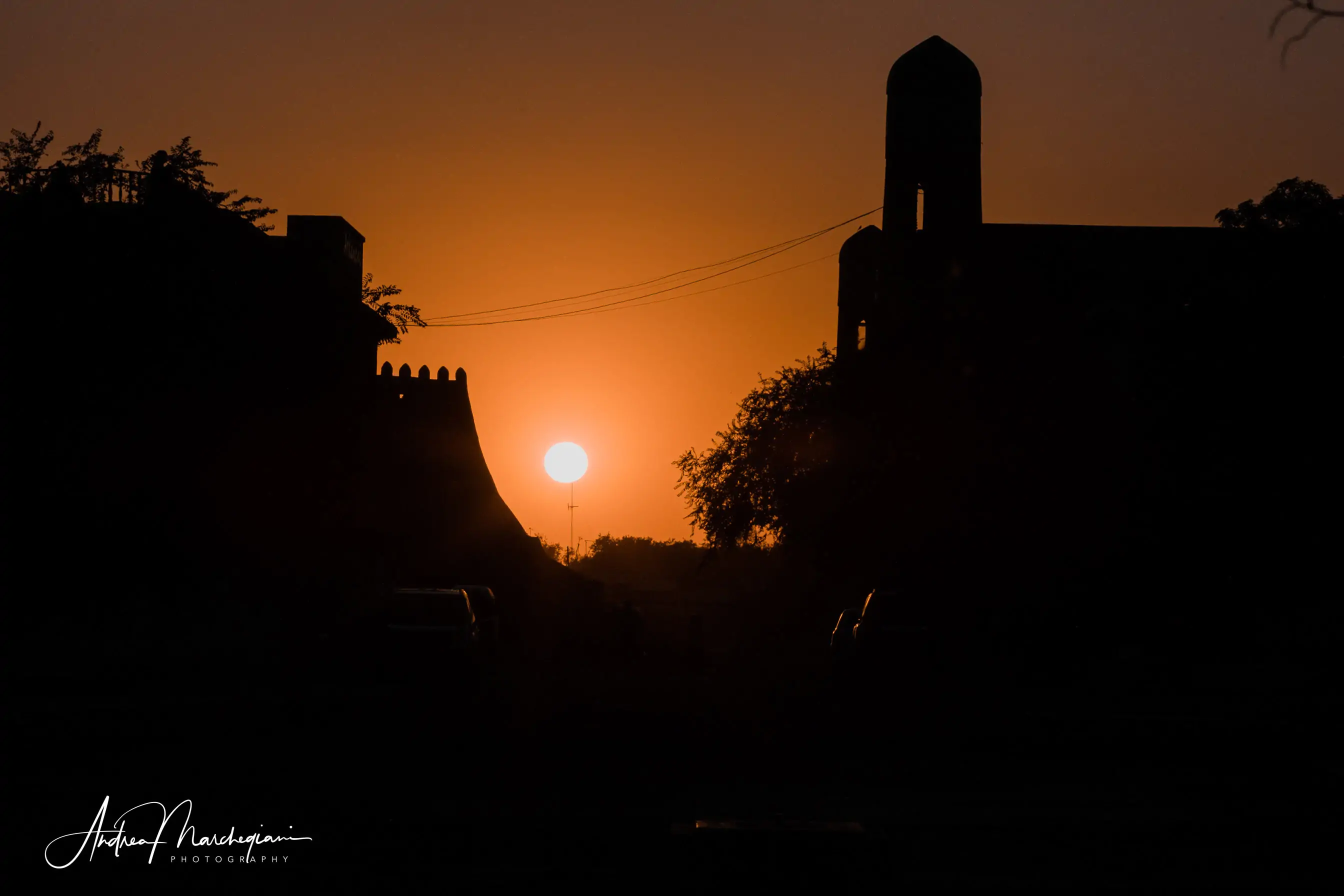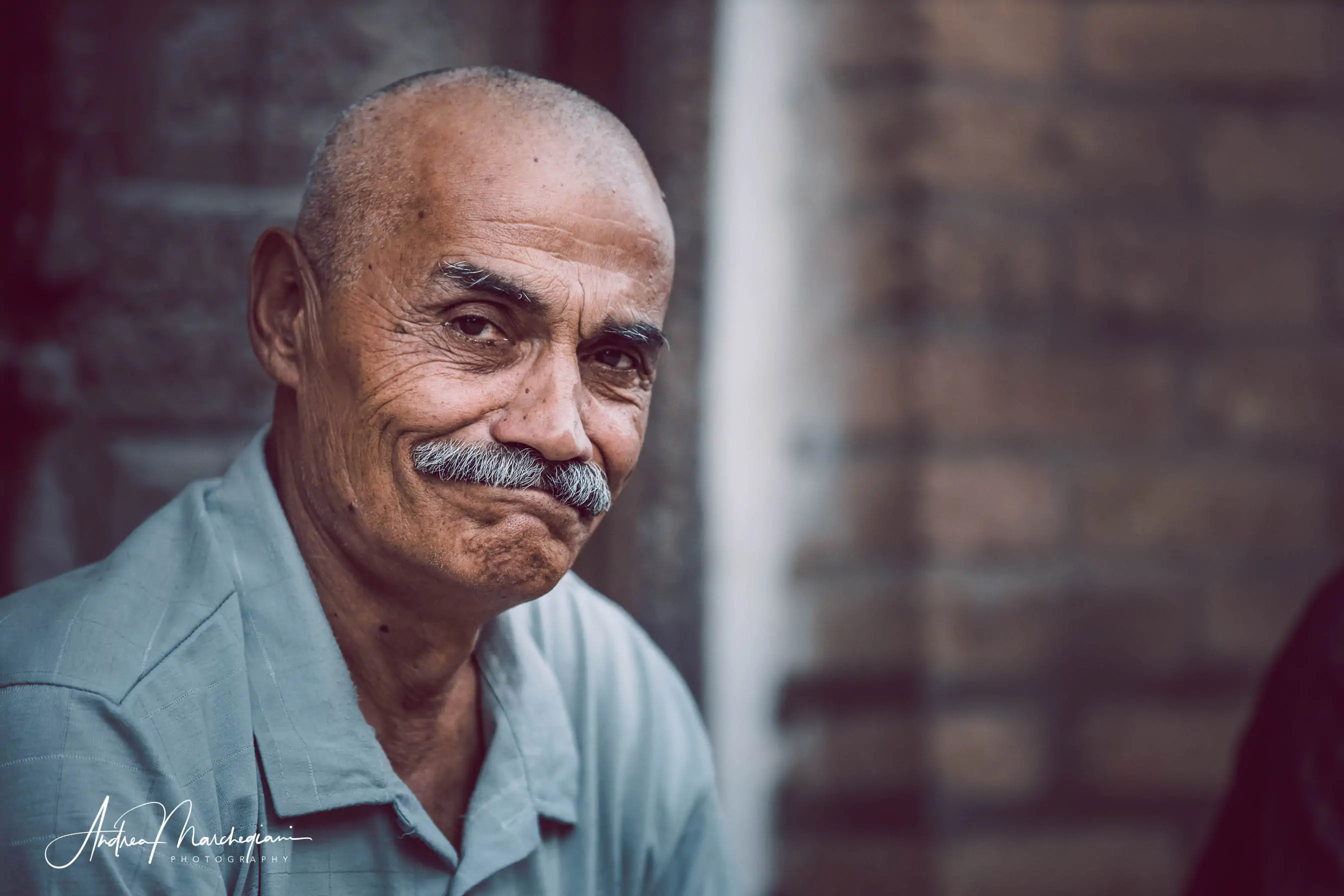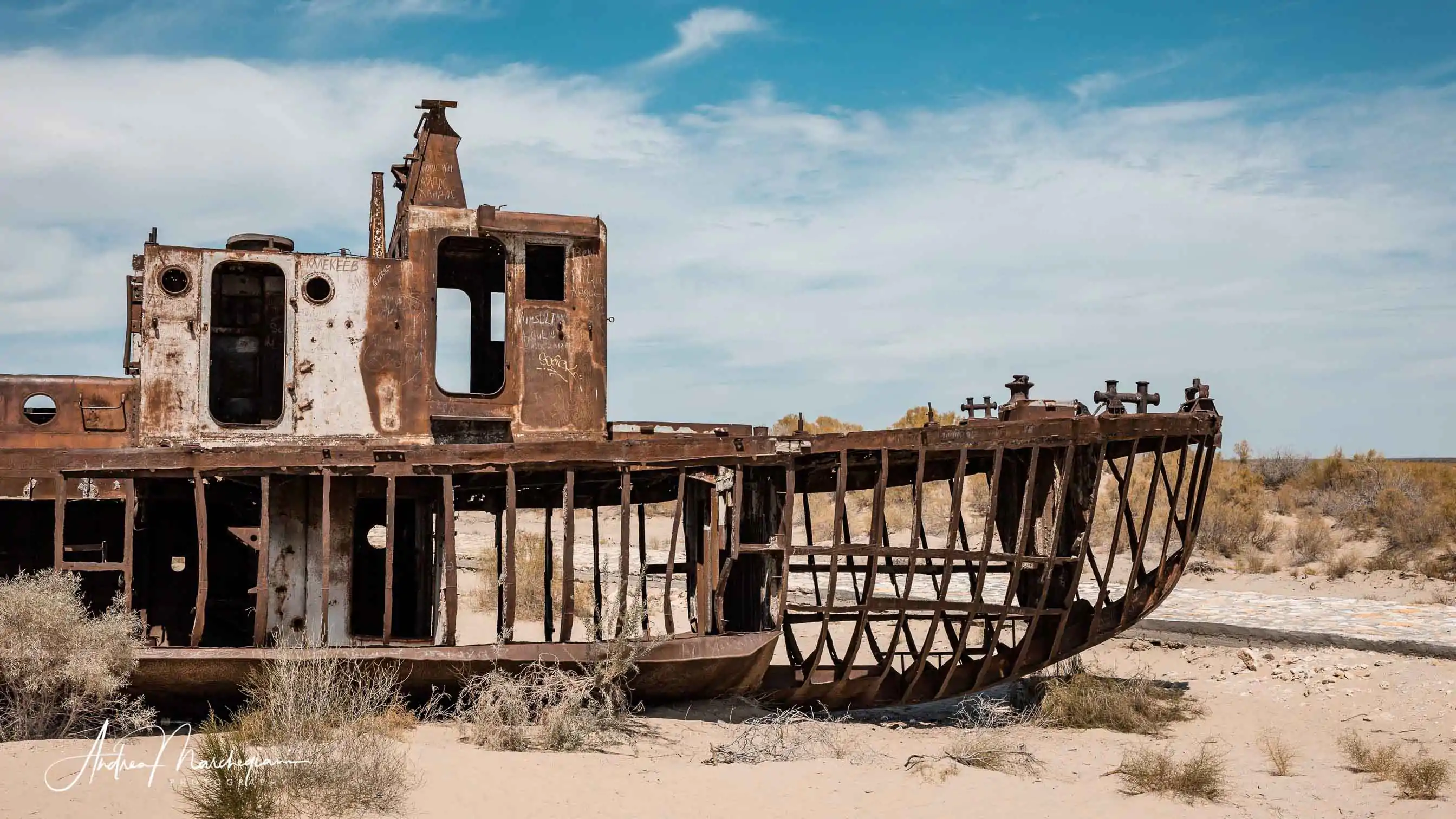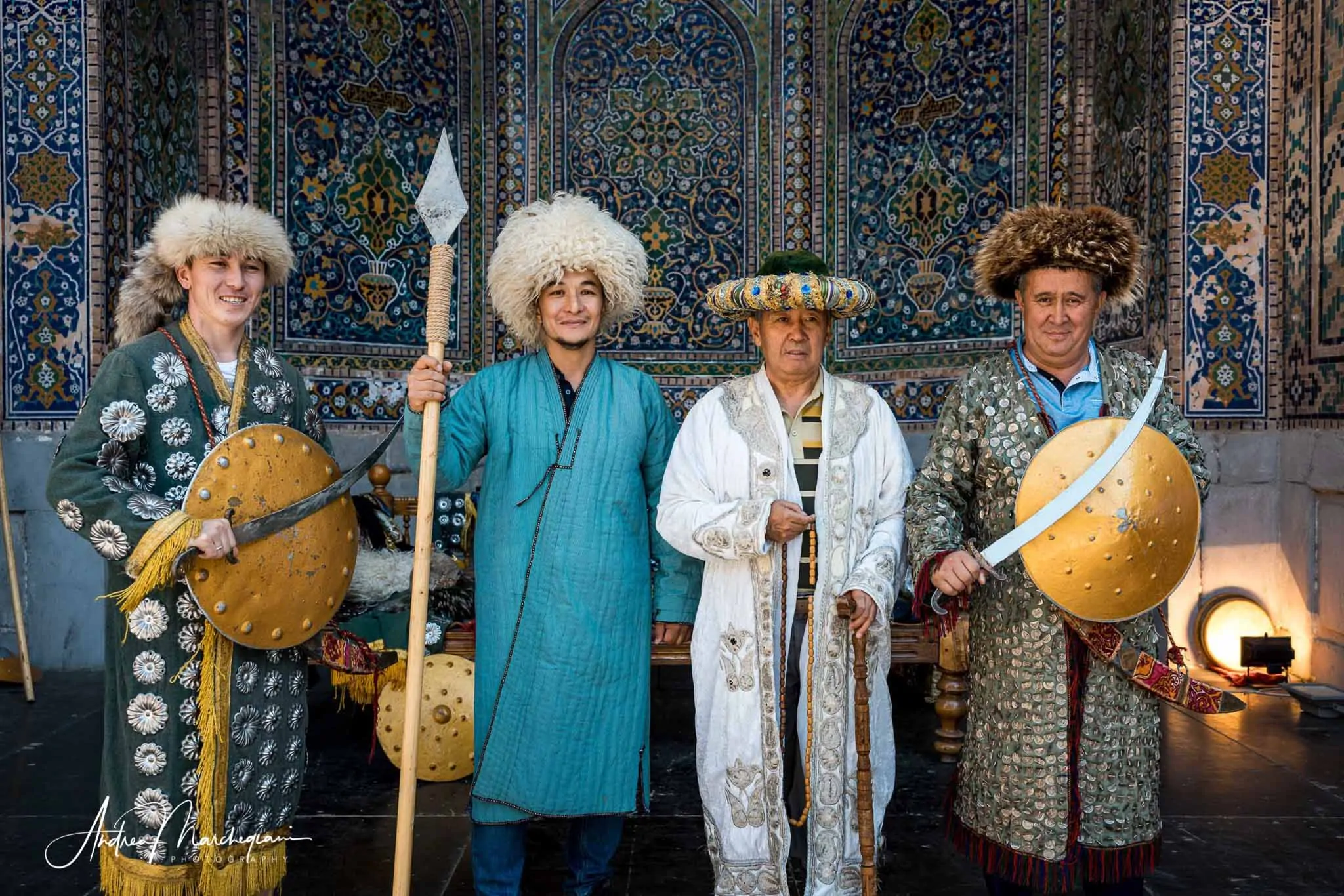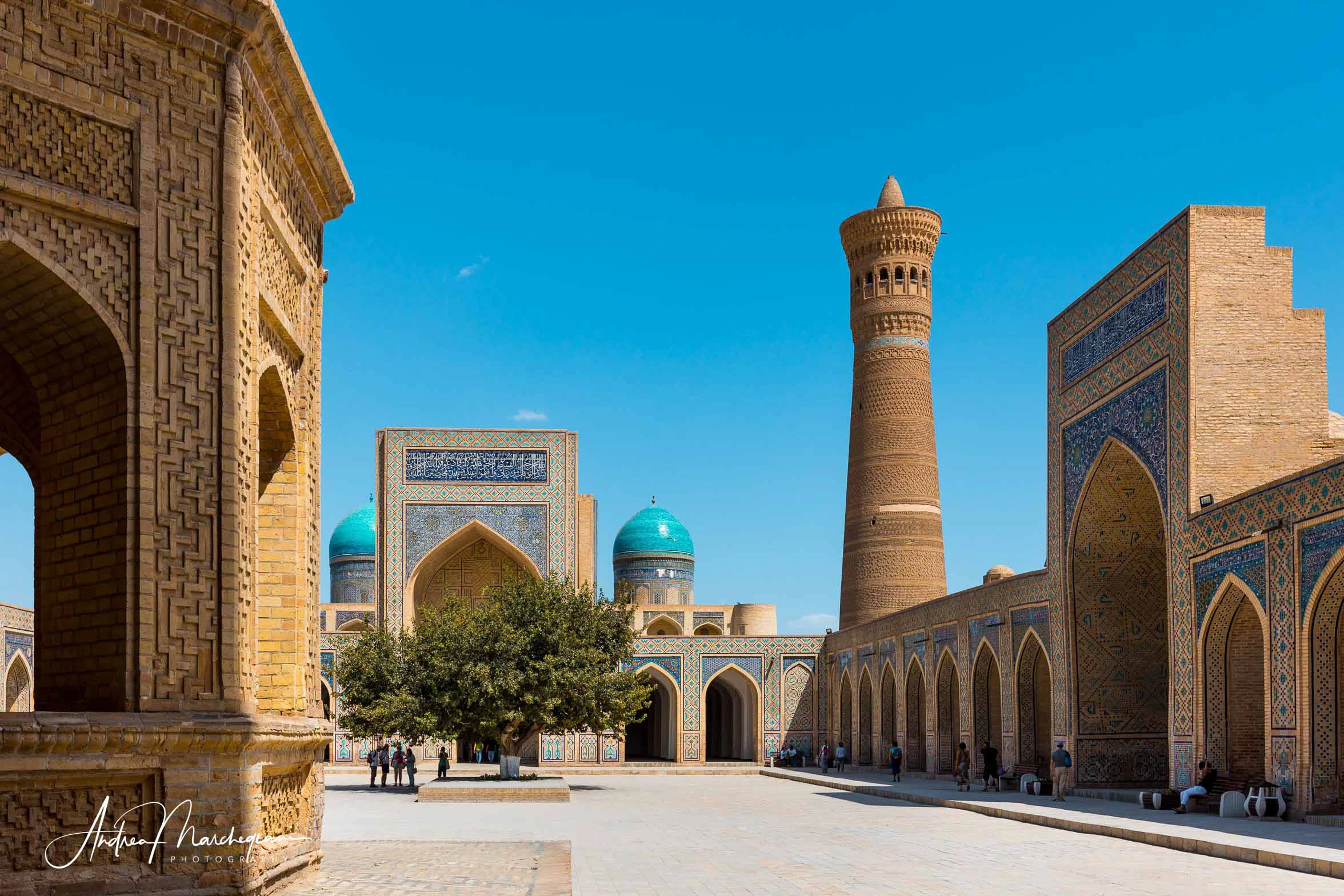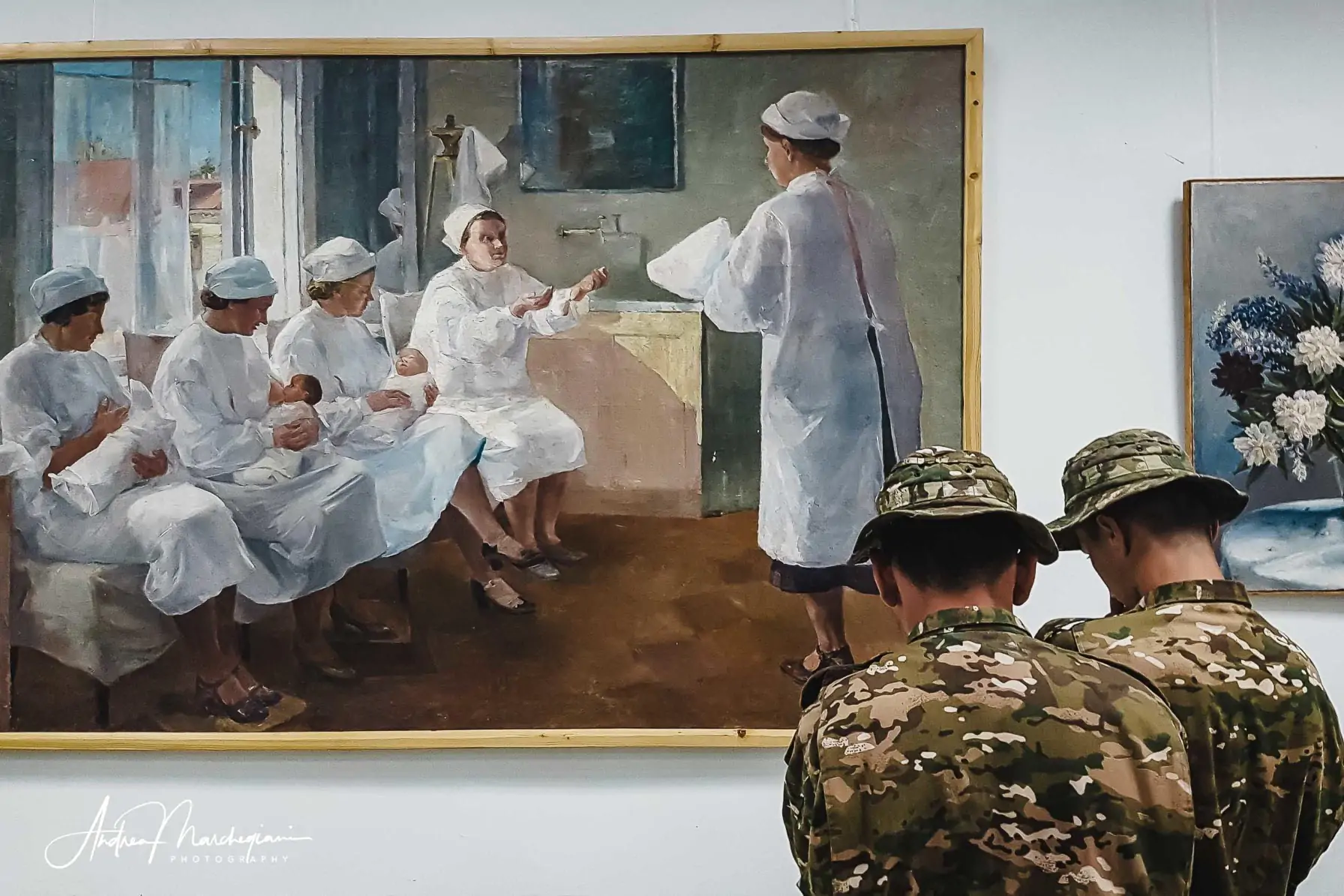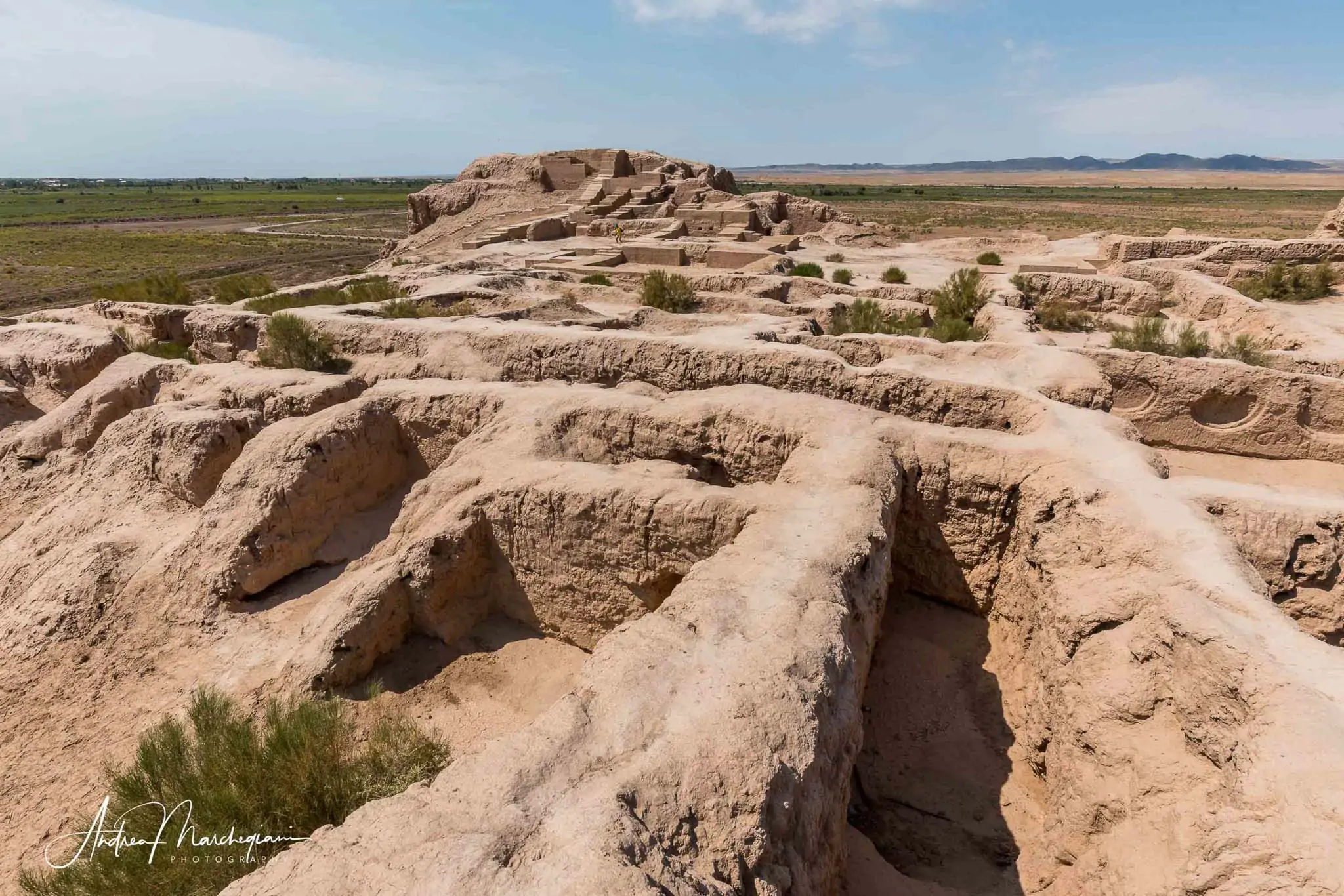
- Home
- Photo Galleries
- Portrait Photography
- Landscape Photography
- Street Photography
- China
- Ethiopia
- India
- Holy Ganges
- Varanasi
- Varanasi Ganga Aarti
- Varanasi, Manikarnika Ghat
- Varanasi Streets & Alleys
- Varanasi Demolition
- Varanasi Fruit Market
- Sarnath
- Brick Kilns
- Tamil Nadu, Chennai & Mamallapuram
- Tamil Nadu, Fort Tirumayam & Madurai
- Tamil Nadu, Tiruvannamalai & Thanjavur
- Kerala, Munnar
- Kerala, Peryiar
- Kerala, Backwaters
- Kerala, Kochi
- Kazakhstan
- Myanmar
- Senegal
- Uzbekistan
- Travel Blog
- China
- Ethiopia
- India
- Tamil Nadu & Kerala
- Varanasi
- Whato to do in Varanasi
- Varanasi Life along the Ghats
- Varanasi Death along the Ghats
- Varanasi Ganga Aarti Ceremony
- Varanasi demolished to honor Shiva
- Varanasi Fruit Market
- “Varanasi, A Journey into the Infinite”
- Sarnath
- All about River Ganges
- Holy Shit. All about Indian Cow Dung
- Clean India Project
- Brick factories
- Tilaka, pundra, bindi: what is the mark on Indian foreheads?
- Kazakhstan
- Mongolia
- Ulaanbaatar, the coldest capital in the world
- What to do in Ulaanbaatar
- Chinggis Khan Museum, 6 floors of Mongolian history
- Gorkhi-Terelj National Park and Bodgkhan Natural Reserve
- Altai Mountains, Things to do in Olgii and Sagsai
- Living with the Eagle Hunters
- Sagsai Eagle Festival
- Navrus Festival
- Xöömej, Mongolian throat singing
- Mongolian Food
- Myanmar
- Senegal
- Uzbekistan
- Latest Posts
- Photography Blog
- About
- Prints
In many respects, Central Asia is still uncharted territory. For centuries this area has remained inaccessible to Westerners: that is why it is still surrounded by a halo of mystery, relegated to an unknown elsewhere. Even today, the states of Central Asia represent for many Europeans little more than a blank space on the map. However, in recent years, things are changing: the Uzbek cities on the Silk Road – Khiva, Bukhara and Samarkand – have become a destination for mass tourism. And it will not be easy to resist their charm in the future, as you no longer need to request a tourist visa to enter the country.
Share with your friends:
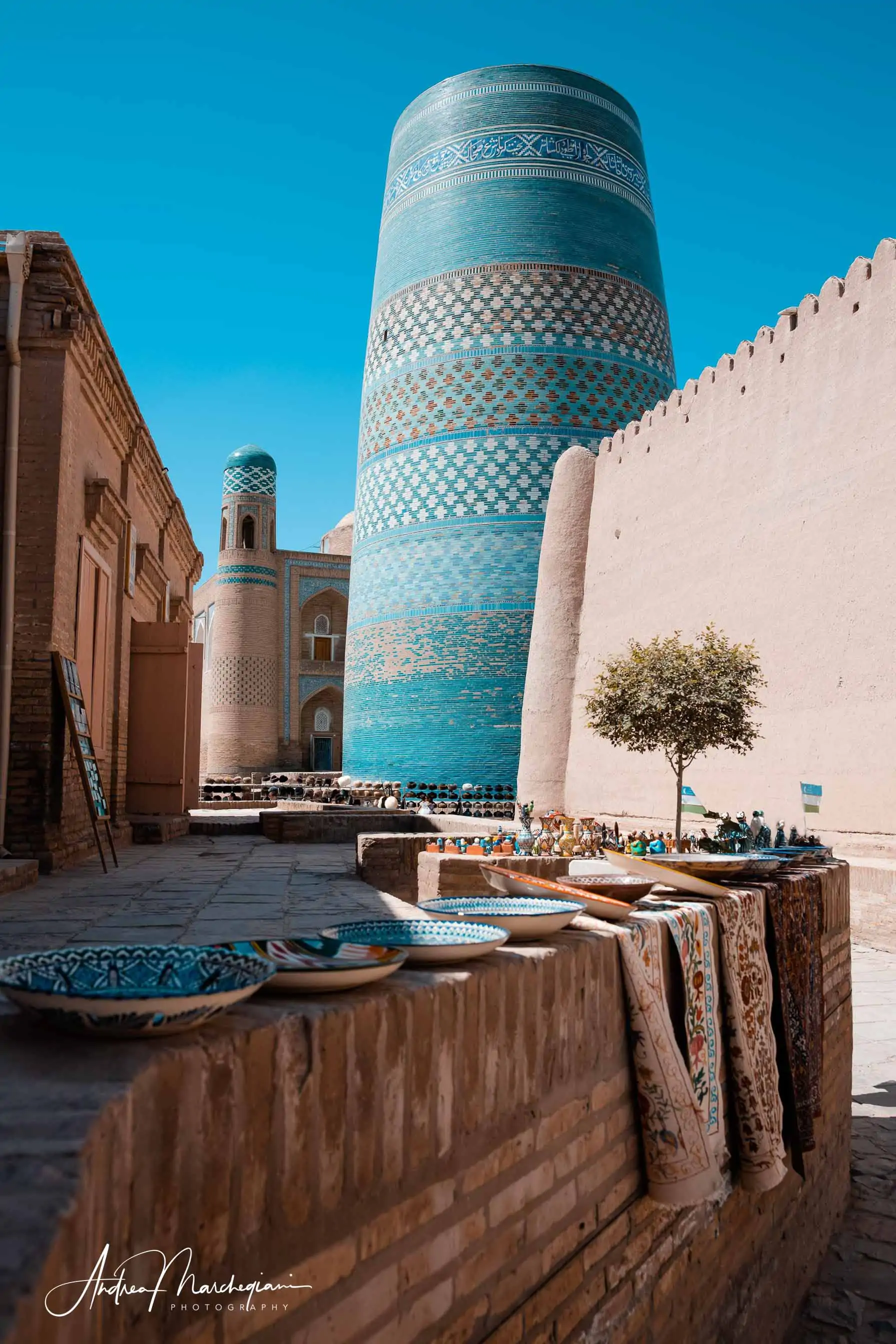
Visit Khiva, a caravan town on the Silk Road
“Are you Italian?” asks me a boy as soon as I enter the doors of Khiva.
“Yes, how do you know?” I answer.
“In Uzbekistan almost every tourist has been Italian for the past two years!” he says with a big smile.
I continue my walk through the Ichon-Qala (the fortified city surrounded by walls): I start noticing I can hear people speaking Italian at every corner. This buzz strongly clashes with the turquoise color of the shiny tiles on the mosques, with the pointed silhouettes of the minarets and the beautiful facades of the madrasahs. I’ll keep coming across hordes of countrymen all the way, and I’ll soon get used to it. It’s funny: I thought I was coming to Uzbekistan to play the role of the explorer, but it is clear many of us are here to contend the role of the new Marco Polo.
I just have to abandon myself to the exotic charm of the place, wander through the alleys of the old town and fantasize about the bloody and tumultuous events that took place there. For once, I will keep away from discomfort and worries. I will be pampered by excellent innkeepers and restaurant owners, I will fill my heart with their generous and genuine smiles. I will let nice tour guides feed my ears with stories of deeds and dangerous adventures: Alexander the Great, Genghis Khan, Marco Polo and Tamerlane all passed through here, leaving an indelible mark.
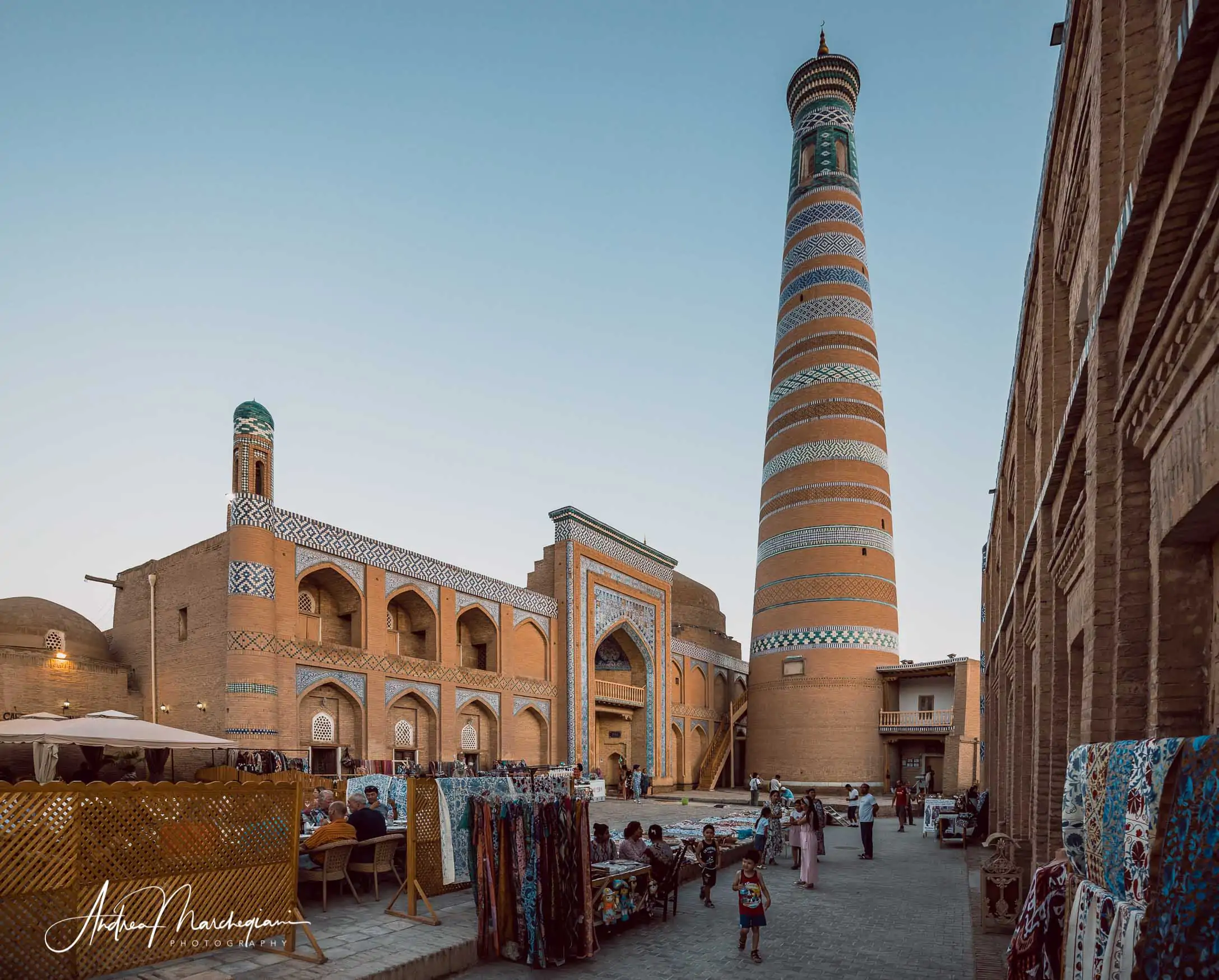
Khiva is one of the most fascinating cities of Uzbekistan: the legend says it was founded by Shem, the son of Noah, at the point where he found water by digging a well. Historical evidence shows that Khiva existed as early as the 8th century, as a trading post along the Silk Road.
Its old town, surrounded by a high wall of raw bricks, is so well preserved that it became a UNESCO World Heritage Site in 1990 ( it is the first Uzbek site to receive such recognition).
Yet this beautiful town, today entirely devoted to tourism, once evoked much less reassuring scenarios. It was almost impossible to reach, except for those travelers who dared to face the steppes and cross deserts infested by Turkmen brigands. Much more likely, however, was for them to be captured and transported to the city to be resold as slaves. From the sixteenth to the nineteenth century, in fact, Khiva was the largest trading center for the slave trade of all Asia Minor.
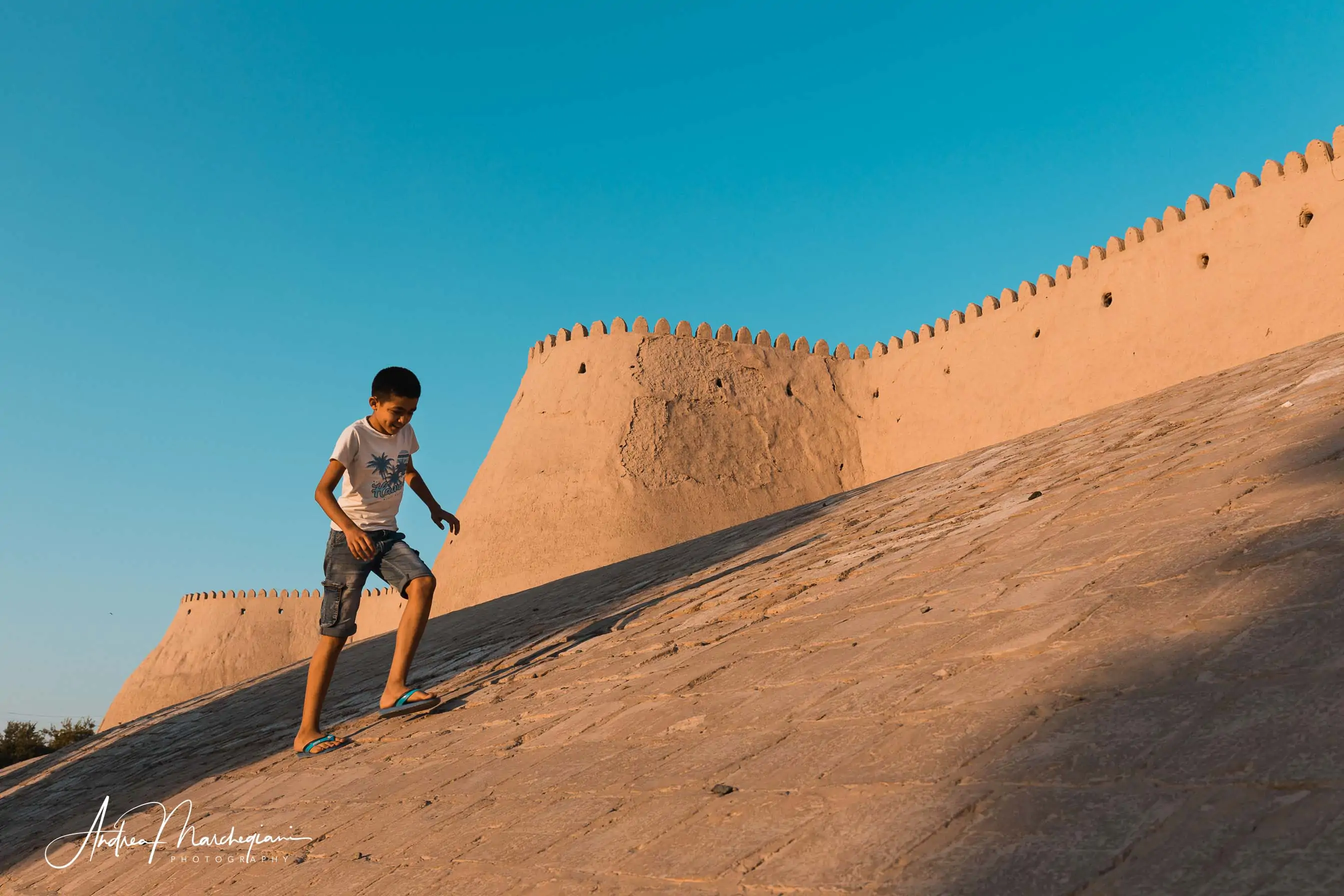
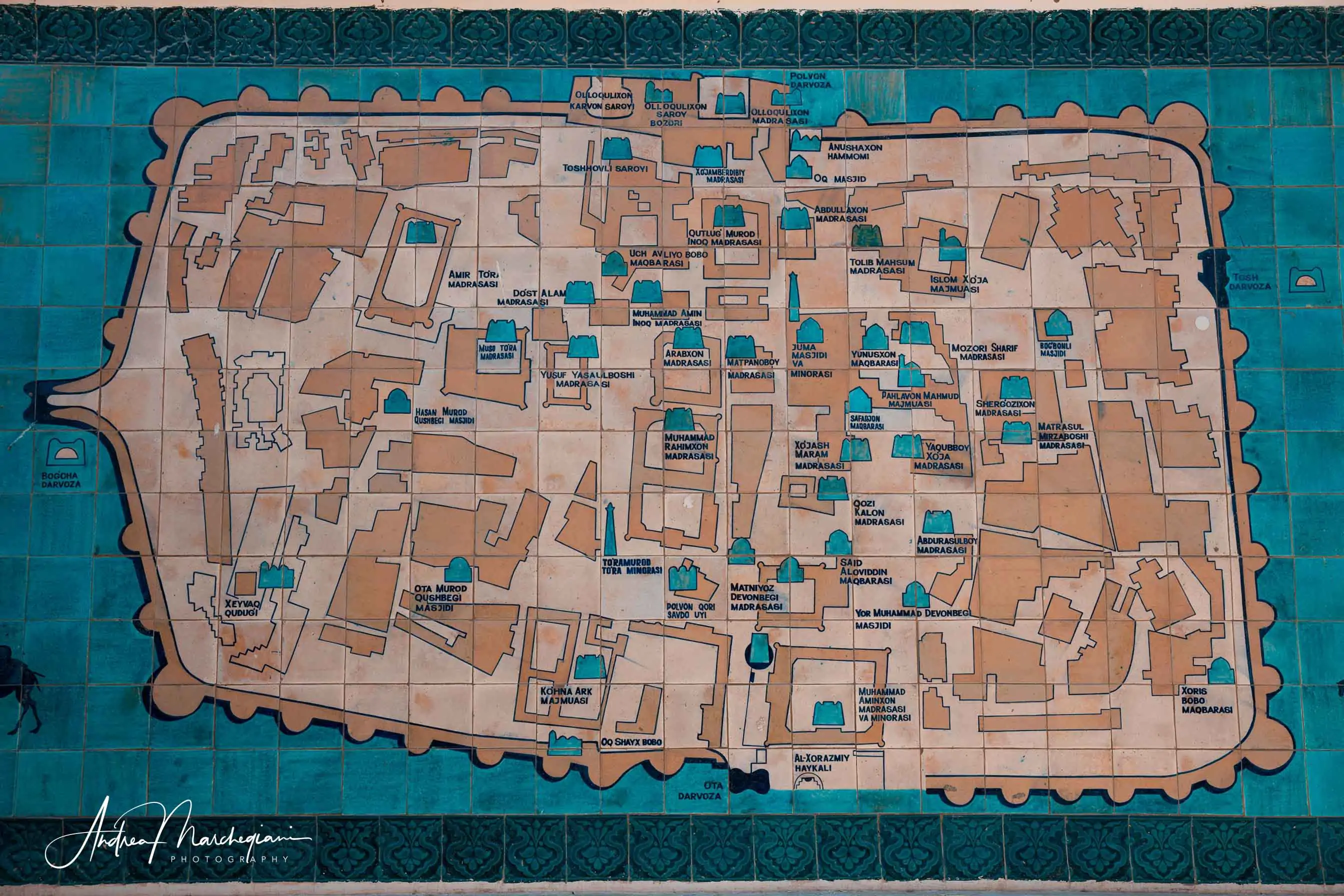
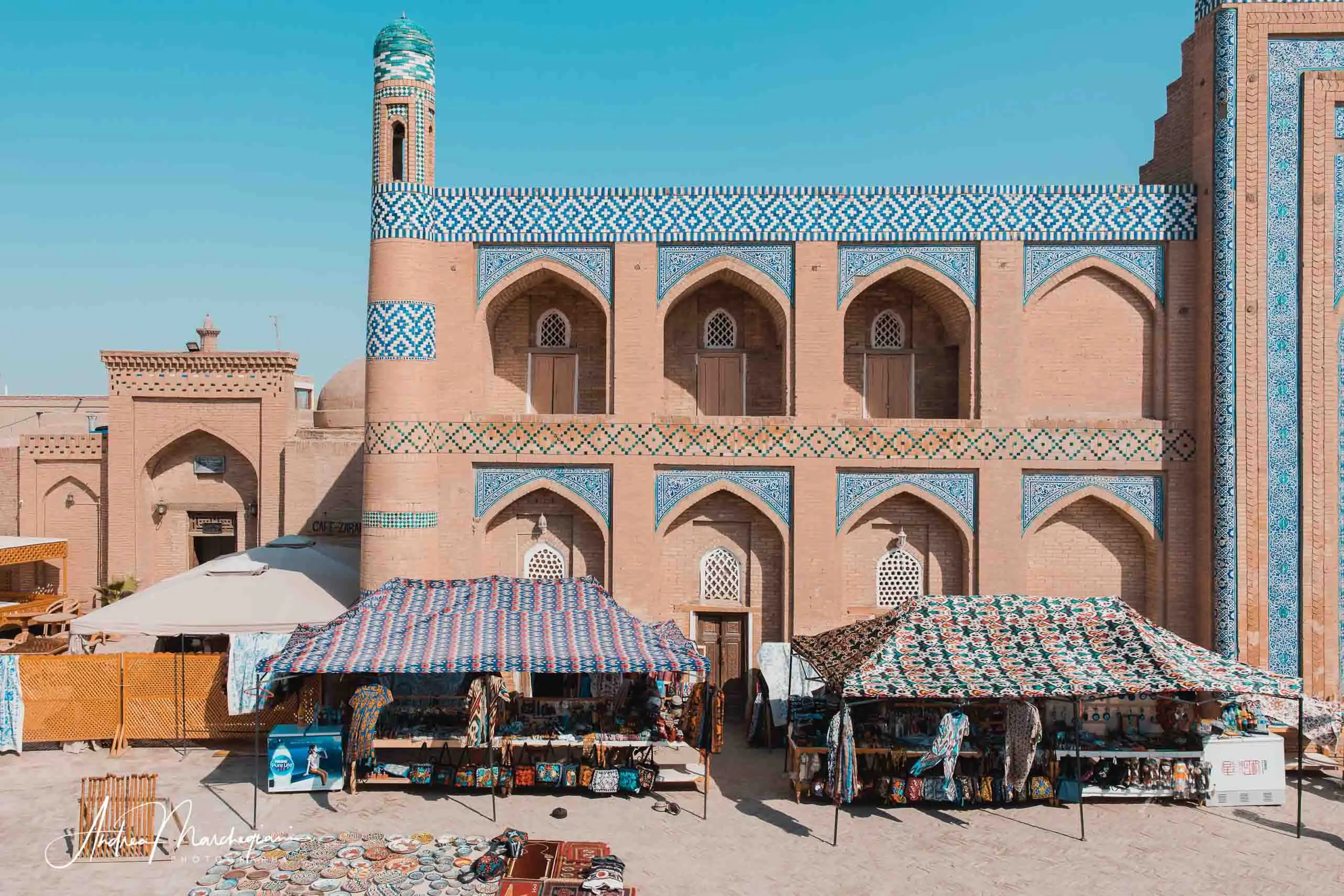
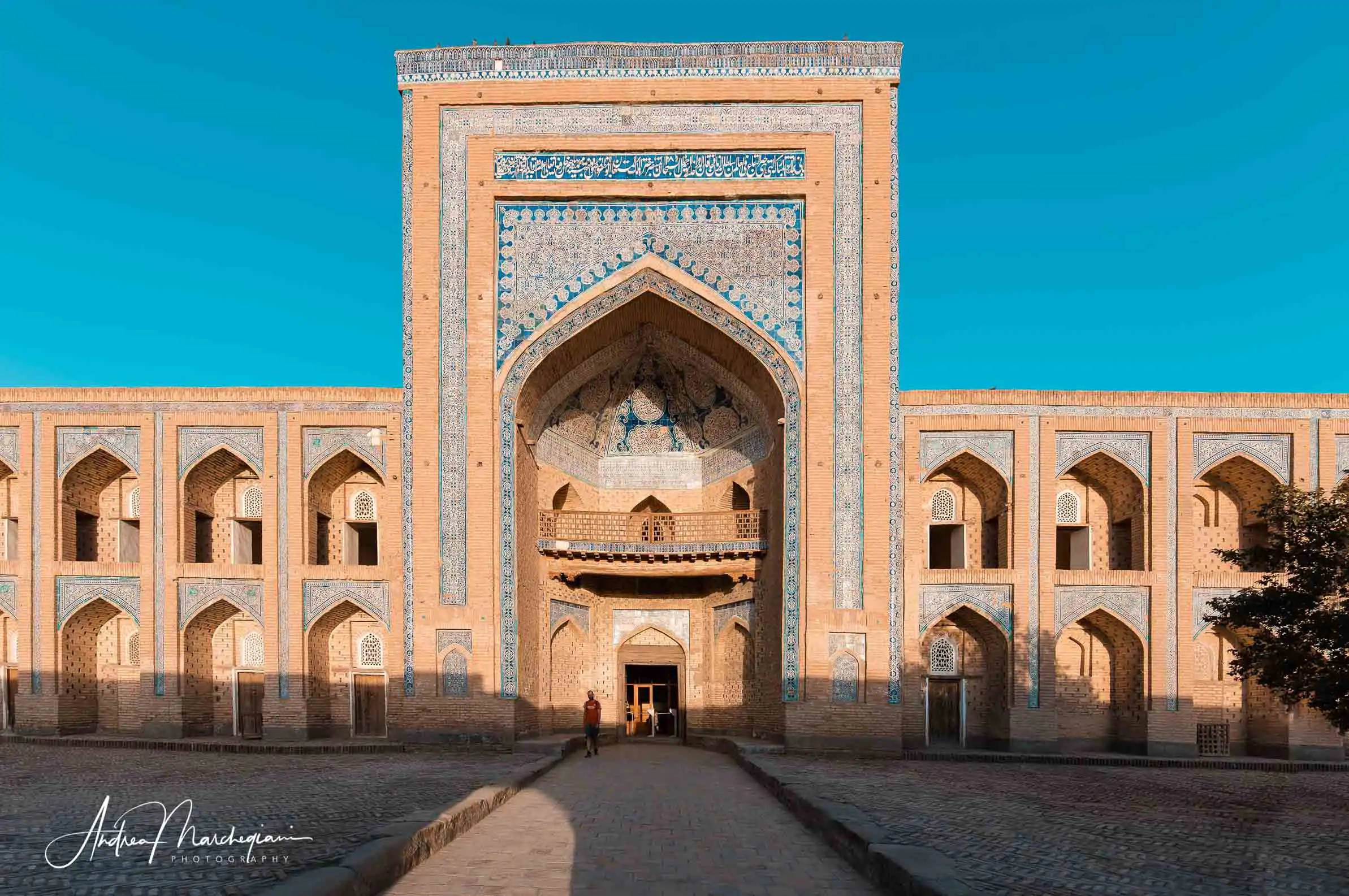
Khiva's Ichan-Qala, a UNESCO World Heritage site
Khiva’s Ichon-Qala is defended by beautiful 2.5 km long, raw brick walls which date back to the 18th century. It has three gates: the ticket office is located on the western gate, which has two towers and is also the official entrance of the city. Once inside, visitors can stay all day and enter the museums inside. My guide is called Zilola, she is a very young, attractive woman. Her legs are a bit hairy but she has a magnetic, warrior-like look.
“In Khiva we have a blood temperament,” she says. “At the beginning of the 1700s, we asked Russia for help to defend us from the tribes of raiders. They sent an army of 4,000 men but it took them more than 10 years to get here. At that point, we didn’t need any help. We housed the Russian soldiers in comfortable quarters, but murdered them overnight. All but a couple, so they could go back to Russia and tell the story.” Suddenly, her face lights up. “Have you already tasted plov, our national dish? Stew of meat, vegetables and rice. It is aphrodisiac! You should definitely eat it”. She changes the topic so suddenly I feel a shiver running through my back…
However, for the sake of completeness of the story, it should be remembered that two centuries later, the Russians invaded the whole country, annexed it and in 1924 proclaimed the birth of the Soviet Socialist Republic of Uzbekistan. A classic example of a served cold revenge.
I follow Zilola along the narrow streets of the center, all sunny, lively and crowded with tourist stalls. I am attracted by the many shops of Turkmen bearskin hats Khiva is renowned for, some of them made in wool and sheep fur.
A few meters from the western door, a large building in the shape of a cut cigar, obviously turquoise, stands out against the sky.
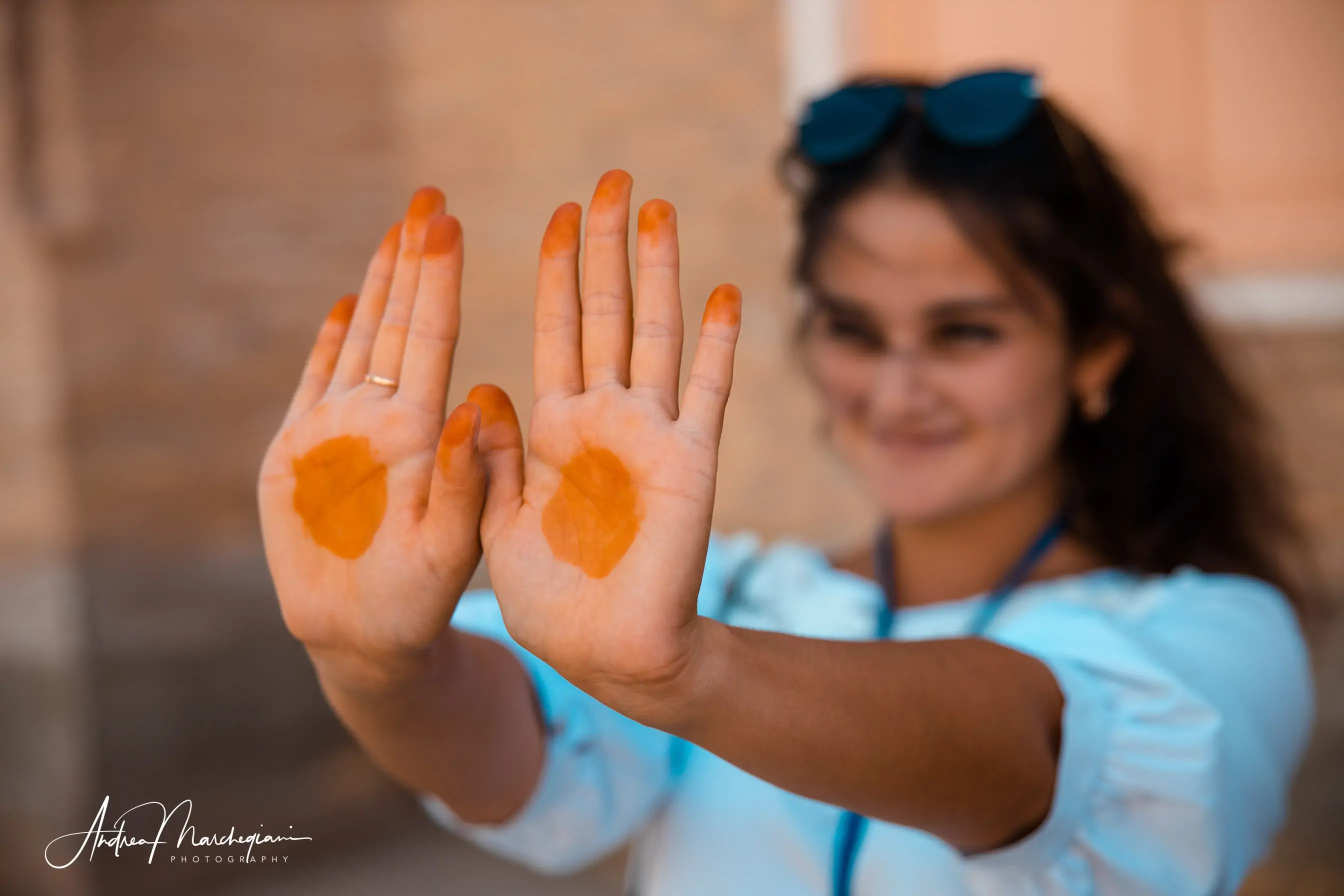
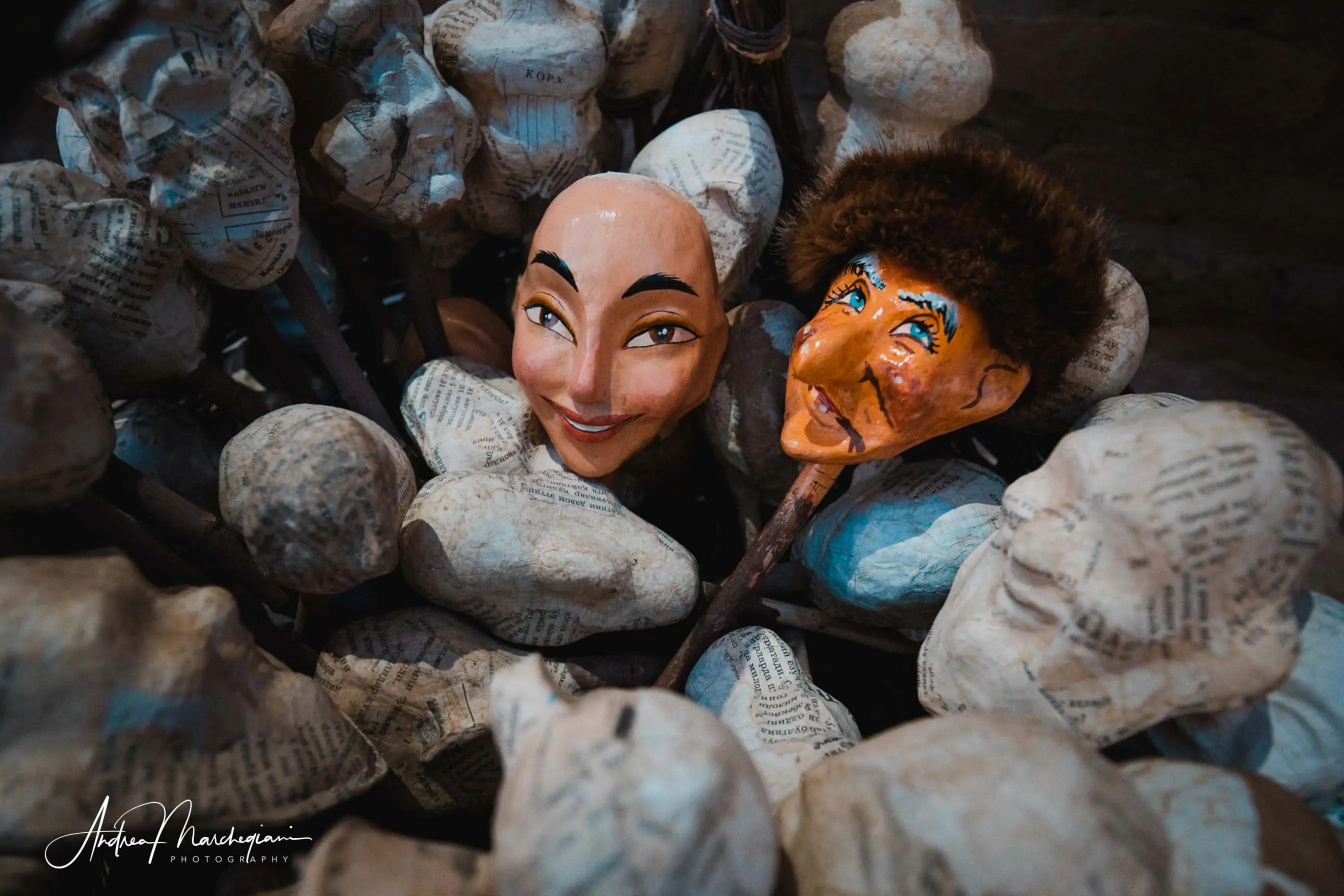
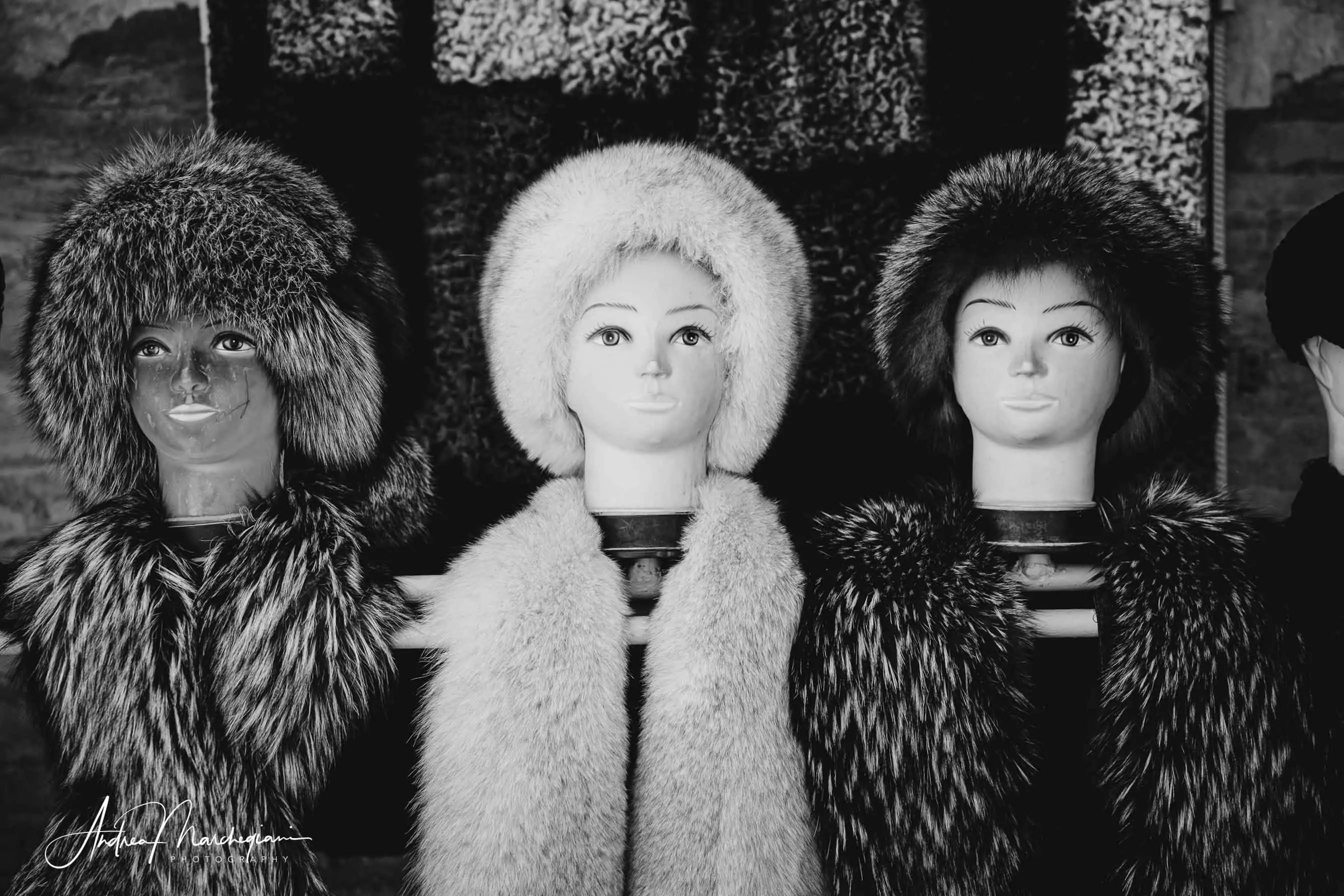
Kalta Minor minaret
“That’s the Kalta Minor minaret, which means “short minaret”. Khan Muhammad Amin wanted to build the highest minaret in the east, so high that it could be seen all the way to Bukhara. Unfortunately, in 1855 he died, leaving it unfinished at about a third of its height. His son wanted to finish it, in honor of his father, but his advisor pointed out that he would spend his life building his father’s minaret. Everyone would remember his father, not him. So the new khan decided to leave it unfinished”.
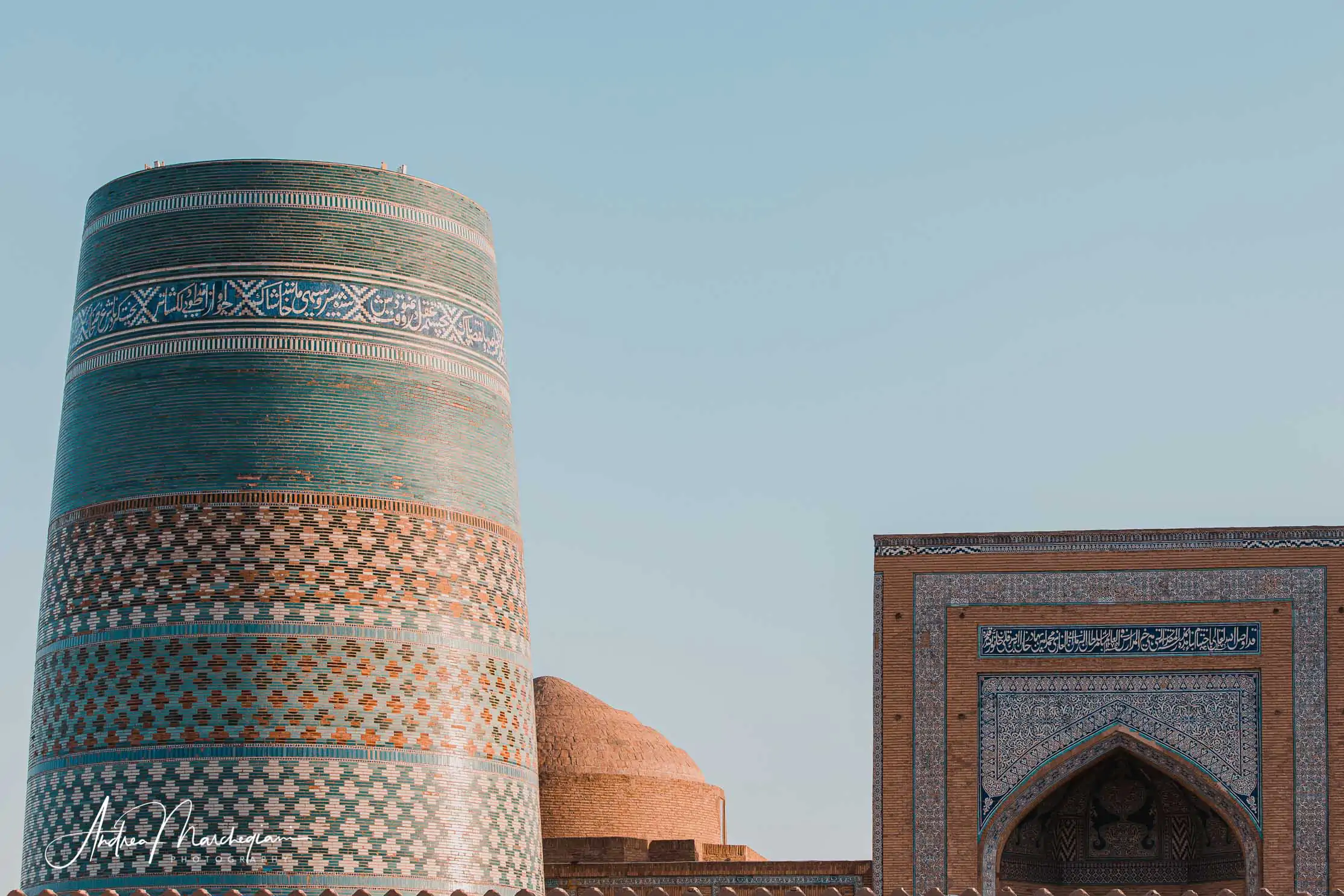
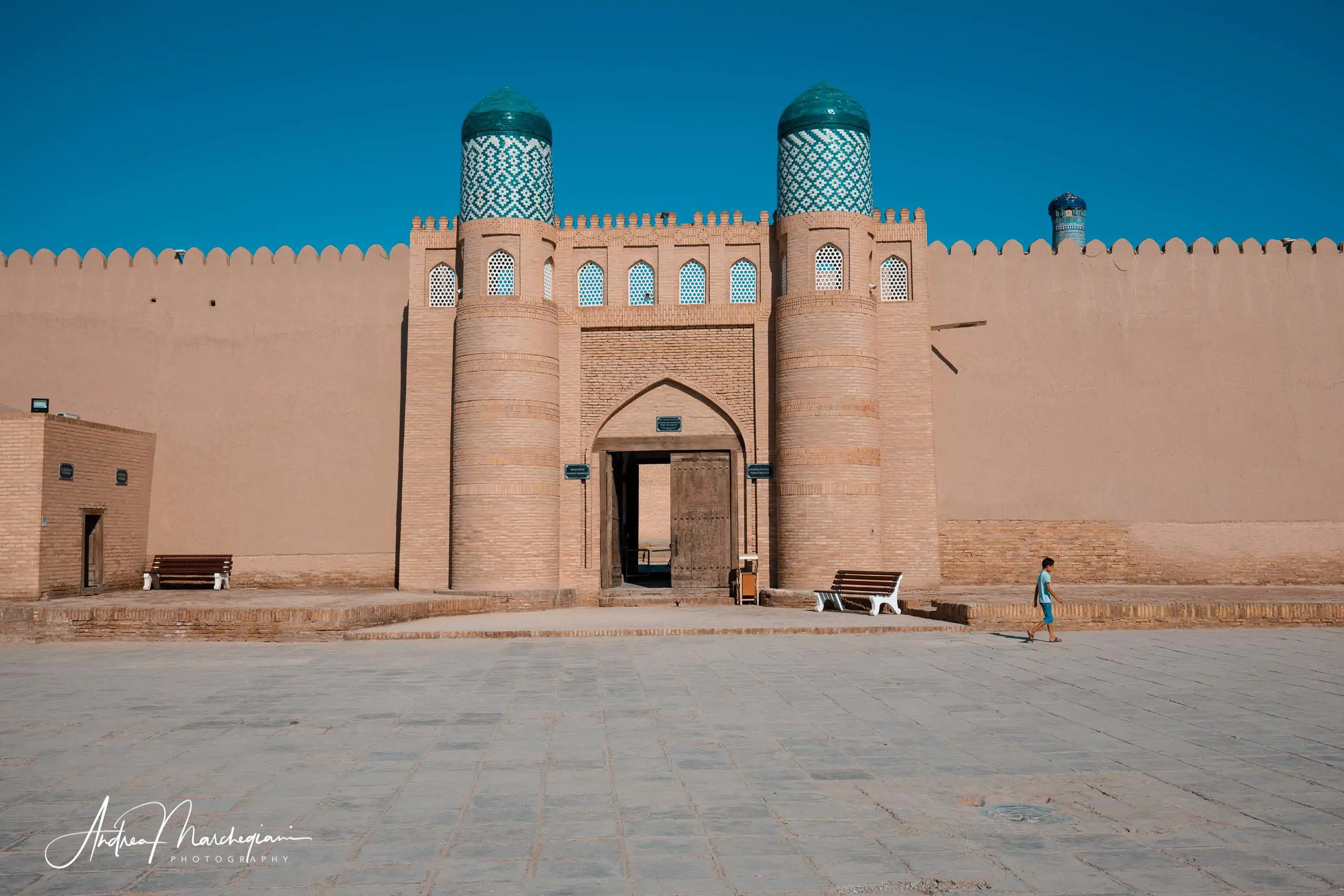
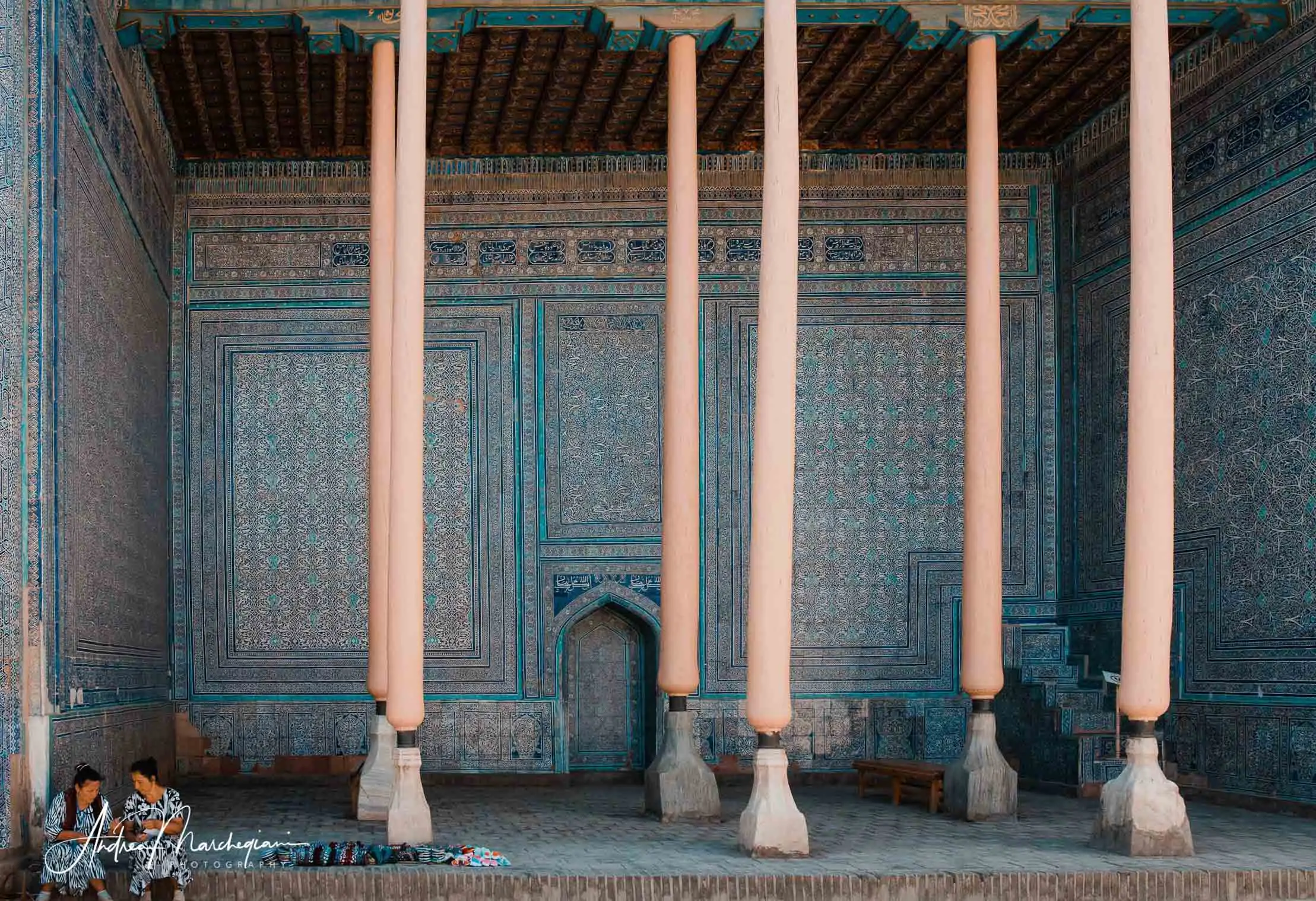
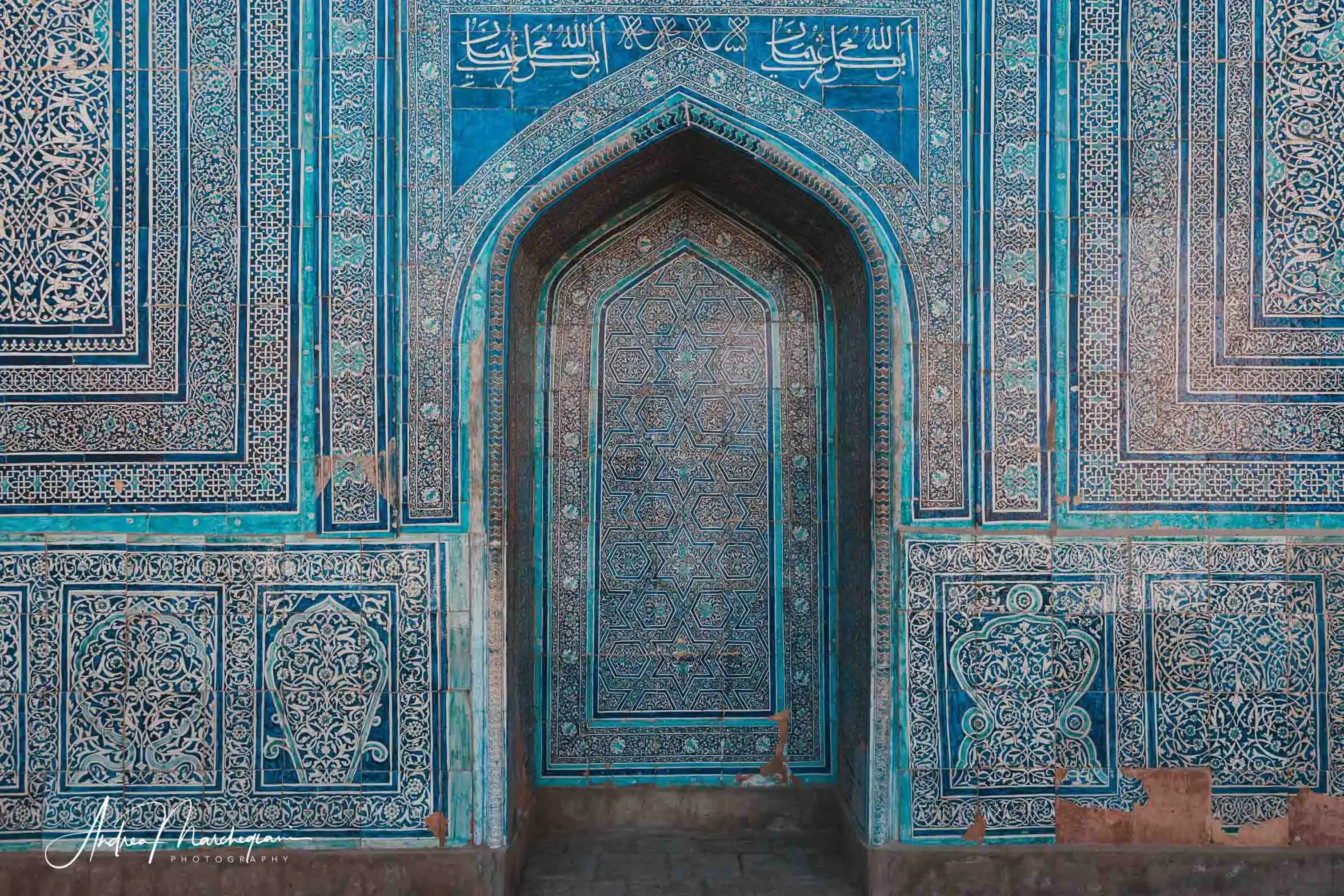
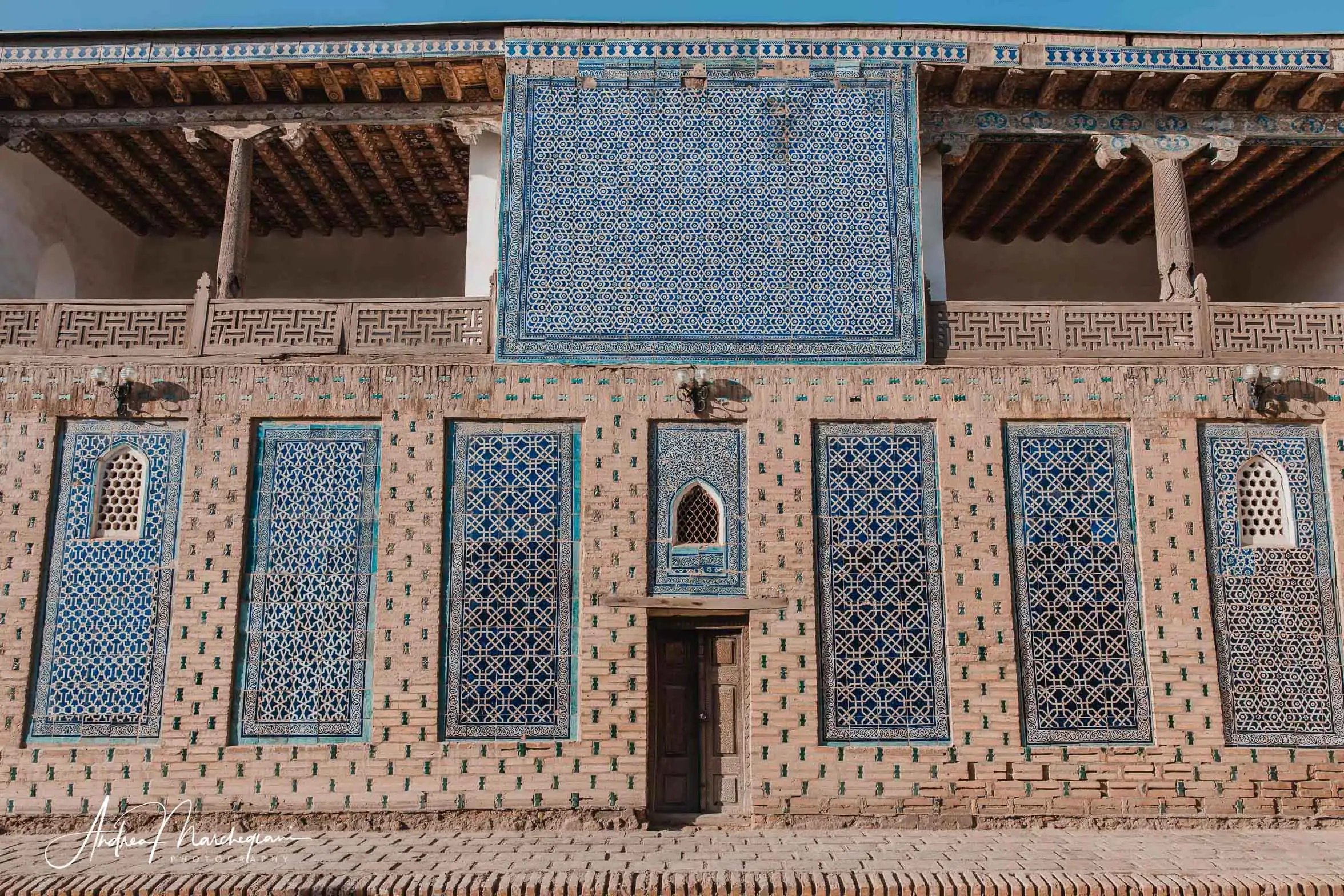
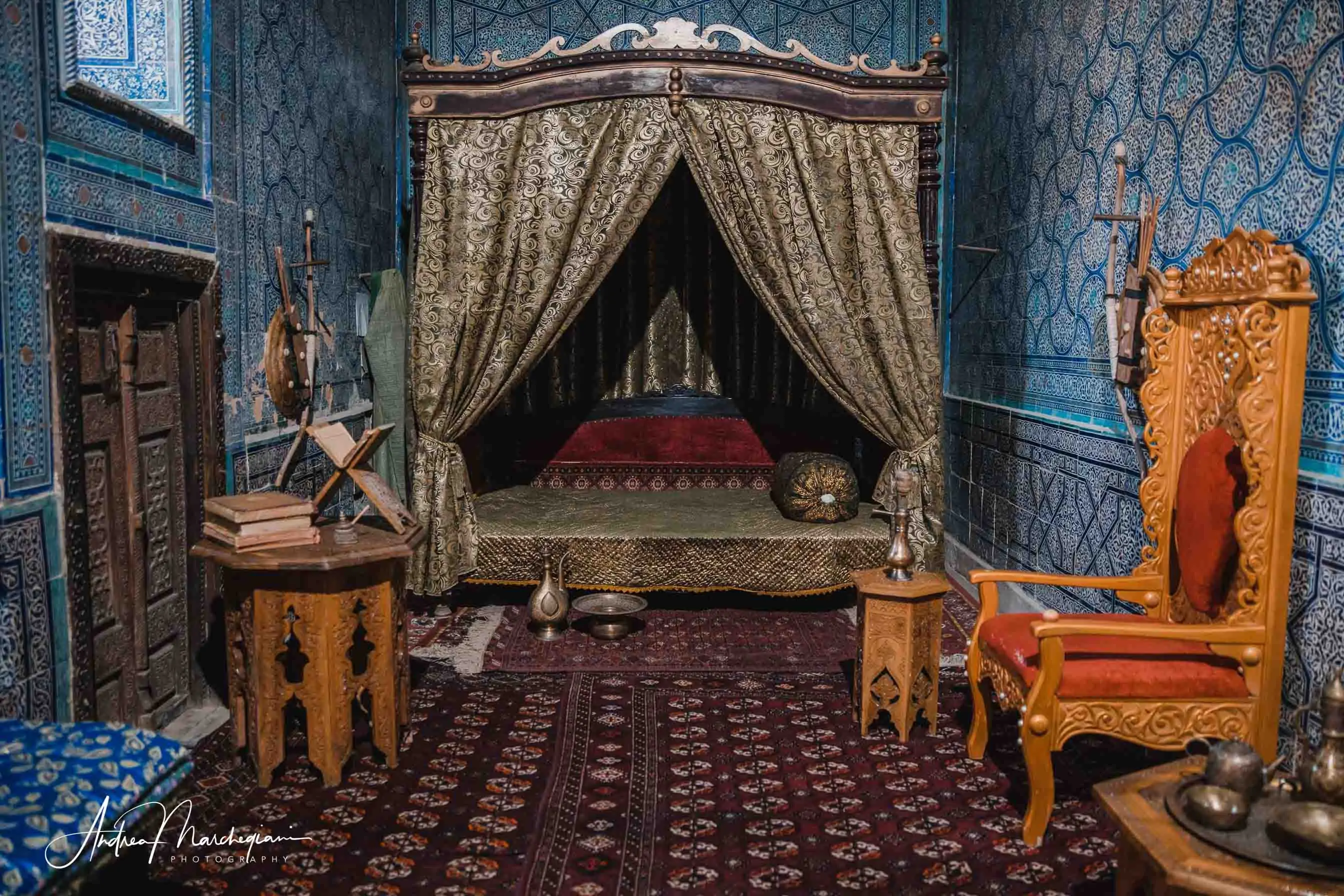
Kuhna Ark Fortress
The next stop is the fortress of Kuhna Ark, the ancient residence of Khiva rulers. Equipped with everything needed to ensure the royal serenity, it consists of a harem, the state currency, stables, summer mosque and prison.
“The prison is very small”, the guide points out. “It can accommodate at most a dozen people. This is because almost nobody was a criminal. If you stole something, they would cut off your fingers. If you stole again, they would cut off your hands”. An affective and definitive method.
“The harem is where the sovereign’s women lived. He came here to make love, but he never stayed at night. The women were very jealous of each other and the ruler feared being killed in his sleep”.
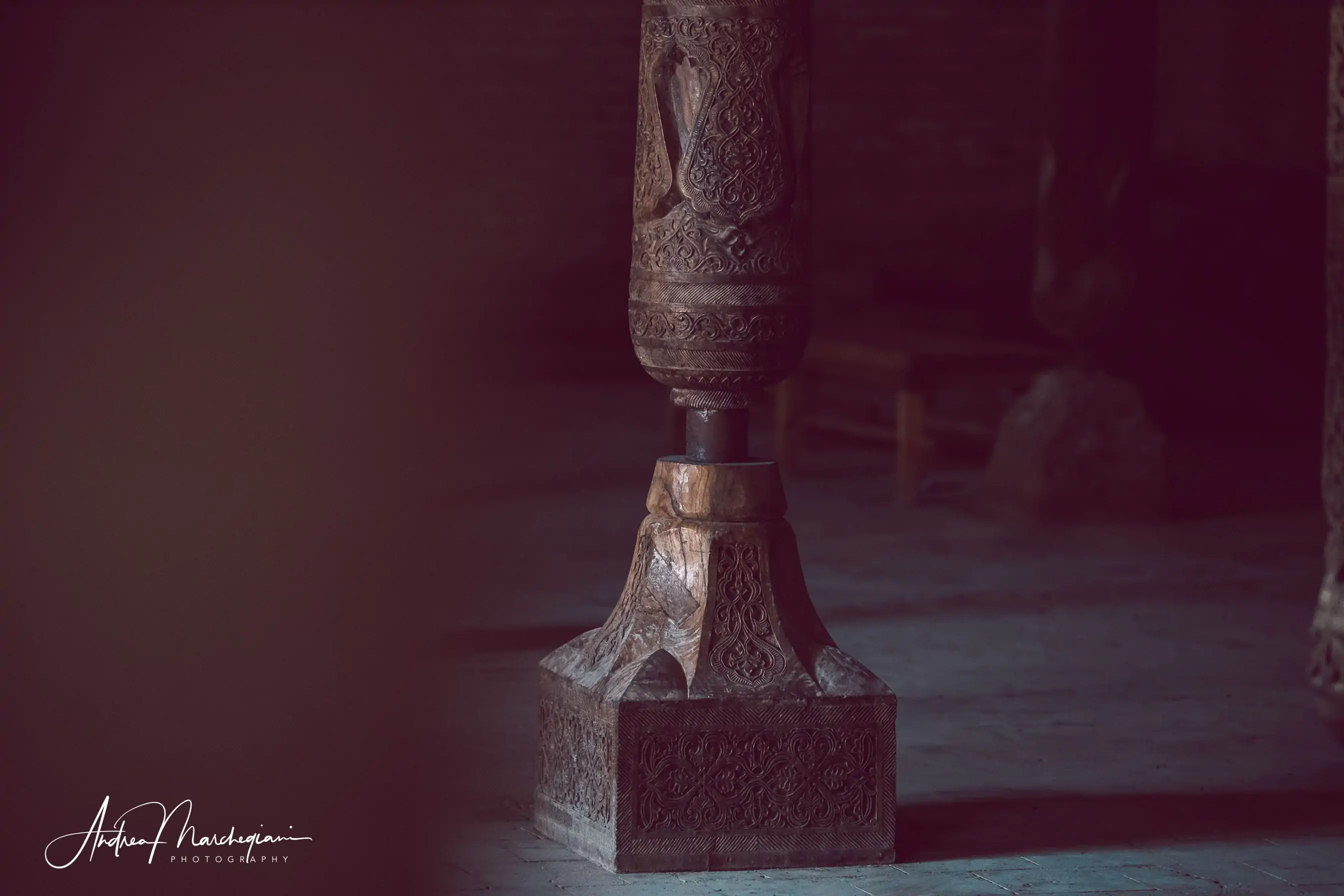
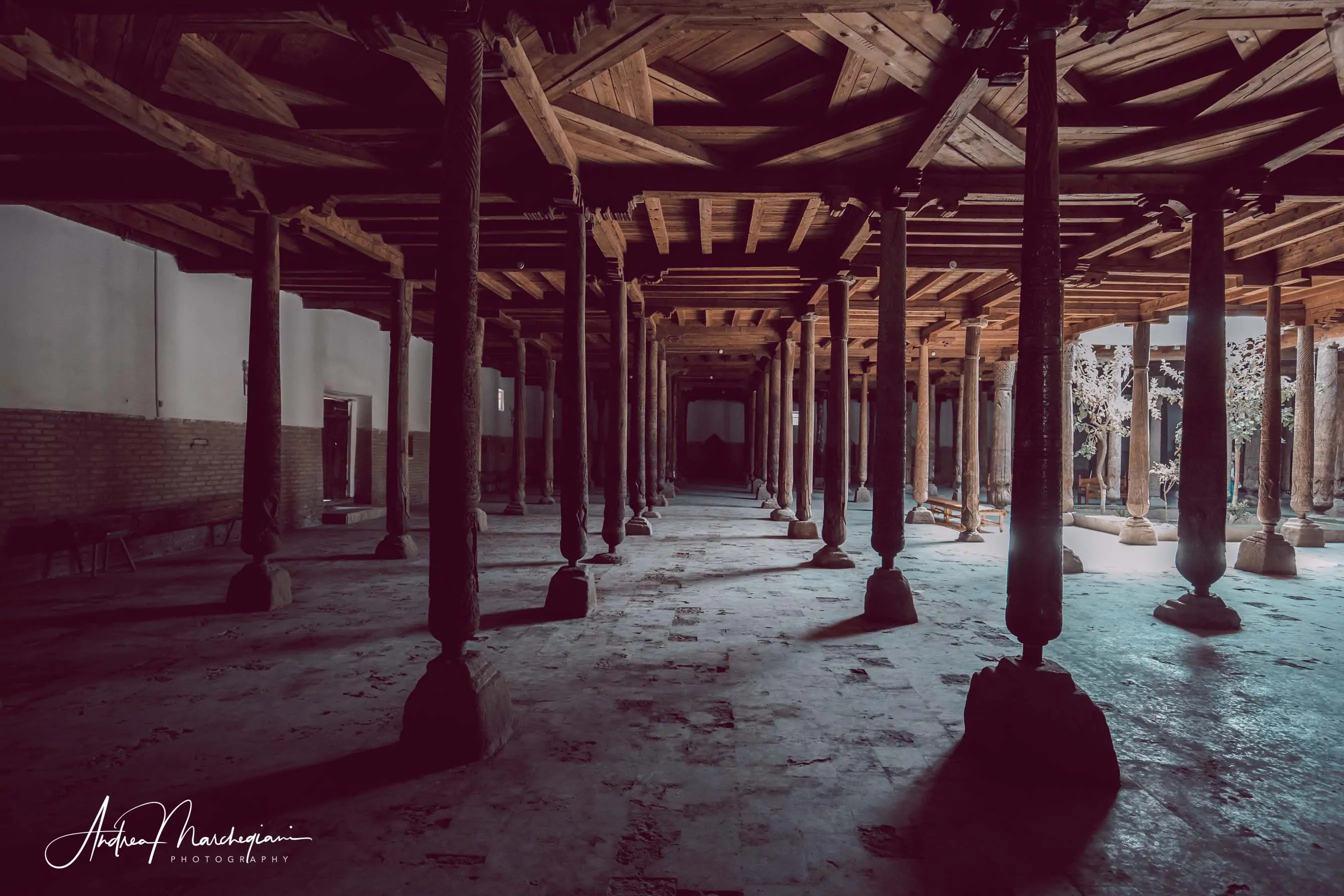
Juma mosque, Pahlavon Mahmud maosuleum and Islom Huja madrasah
We go for a quick visit to Juma Mosque, built in the 8th century. Its main feature are the 218 wooden columns, some of which are original and therefore now millennial. “These columns have seen so much history and are still here to allow us to pray”. I find this mosque, dark, bare and difficult to photograph; yet, I can grasp its worth through Zilola’s moving descriptions.
Then, we visit the mausoleum of Pahlavon Mahmud, the patron saint of the city, and the madrassa of Islom Huja, with the homonymous minaret. It looks like a lighthouse, with very narrow stairs and irregular steps. Standing 57 metres tall, the Islom Huja Minaret is the highest in Uzbekistan. Climbing it requires a certain effort, but the view from the top is definitely worth it!
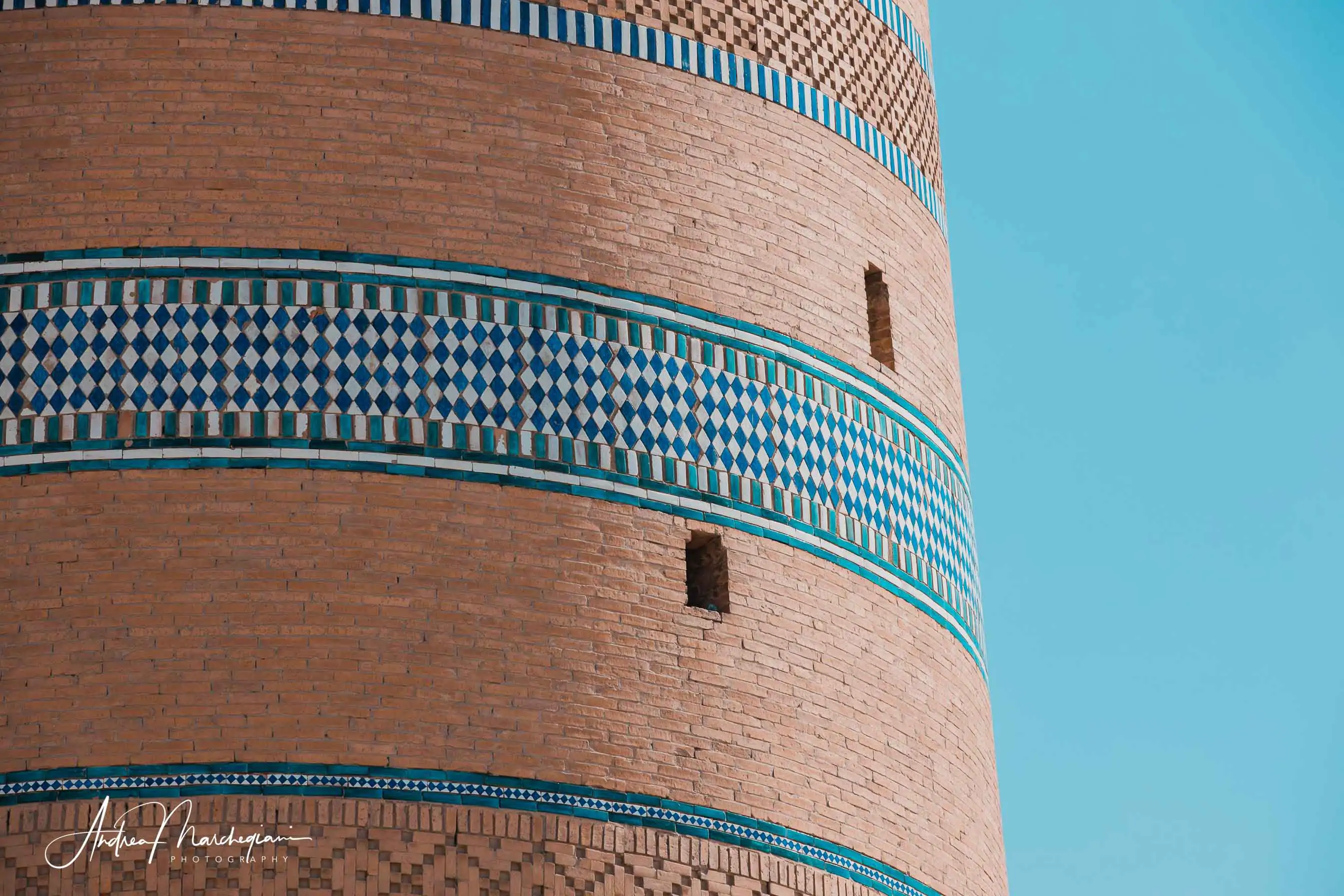
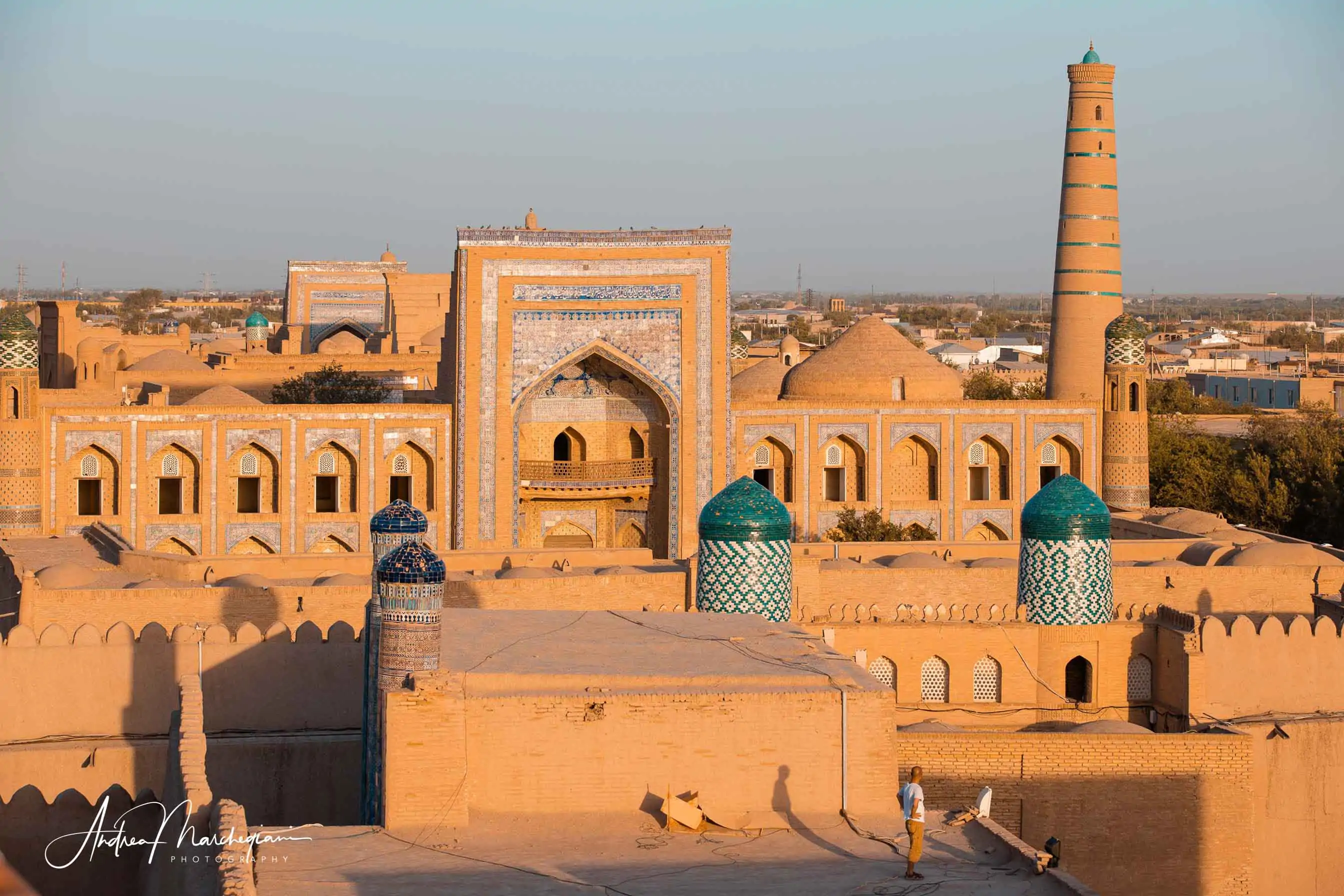
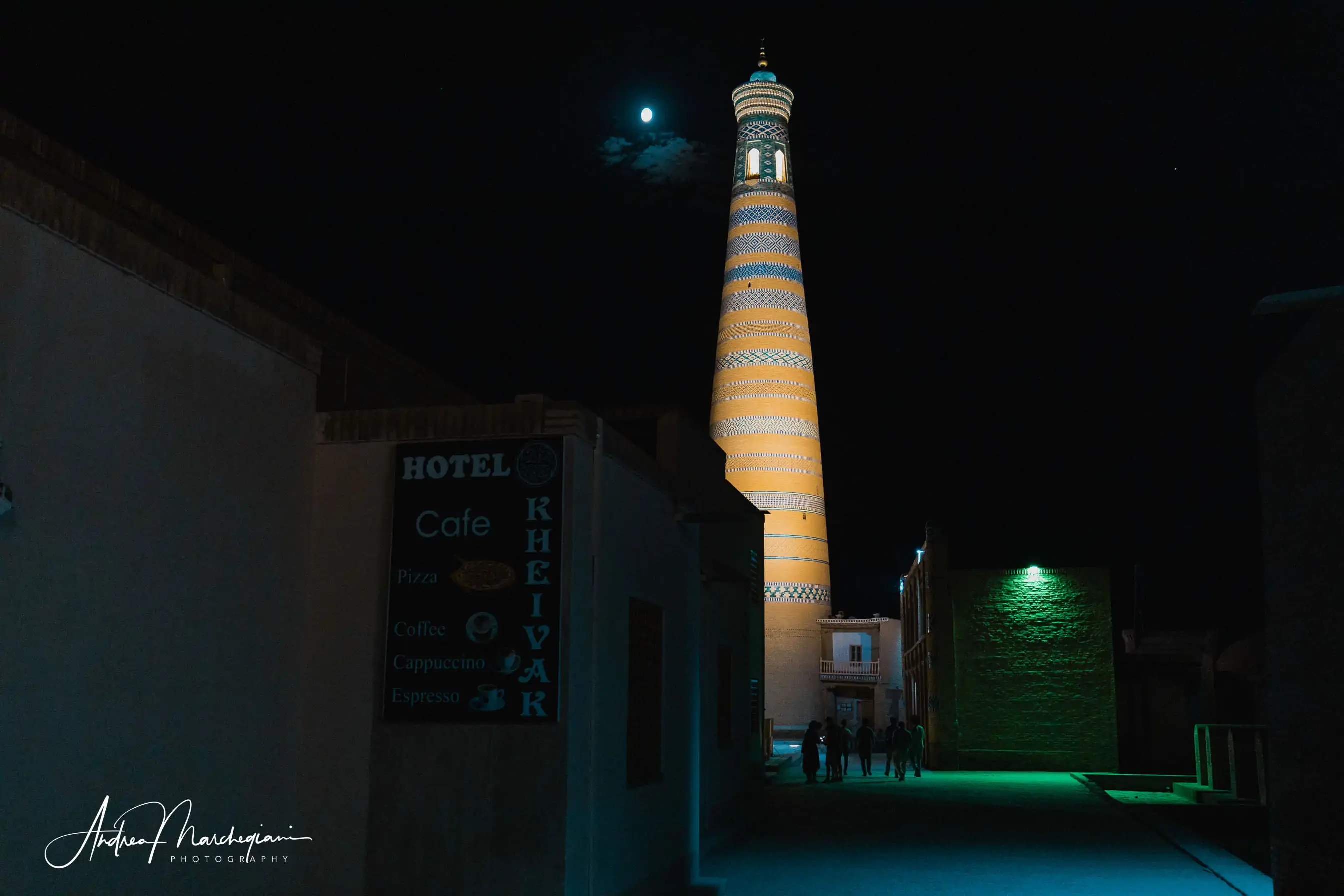
Wood carving art in Khiva
A few meters from the mausoleum of Pahlavon, just on a side street, I come across a small craft workshop, where children carve wood frames and small ornamental objects.
“Italian?” one of the boys shouts at me from afar. Here we go again.
“Yes!” I answer.
“Totti! Soccer! Toto Cutugno!”
Their ages range from 12 to 16 years. There is no one to control them, yet they joke with me without stopping working, demonstrating a great work ethic.
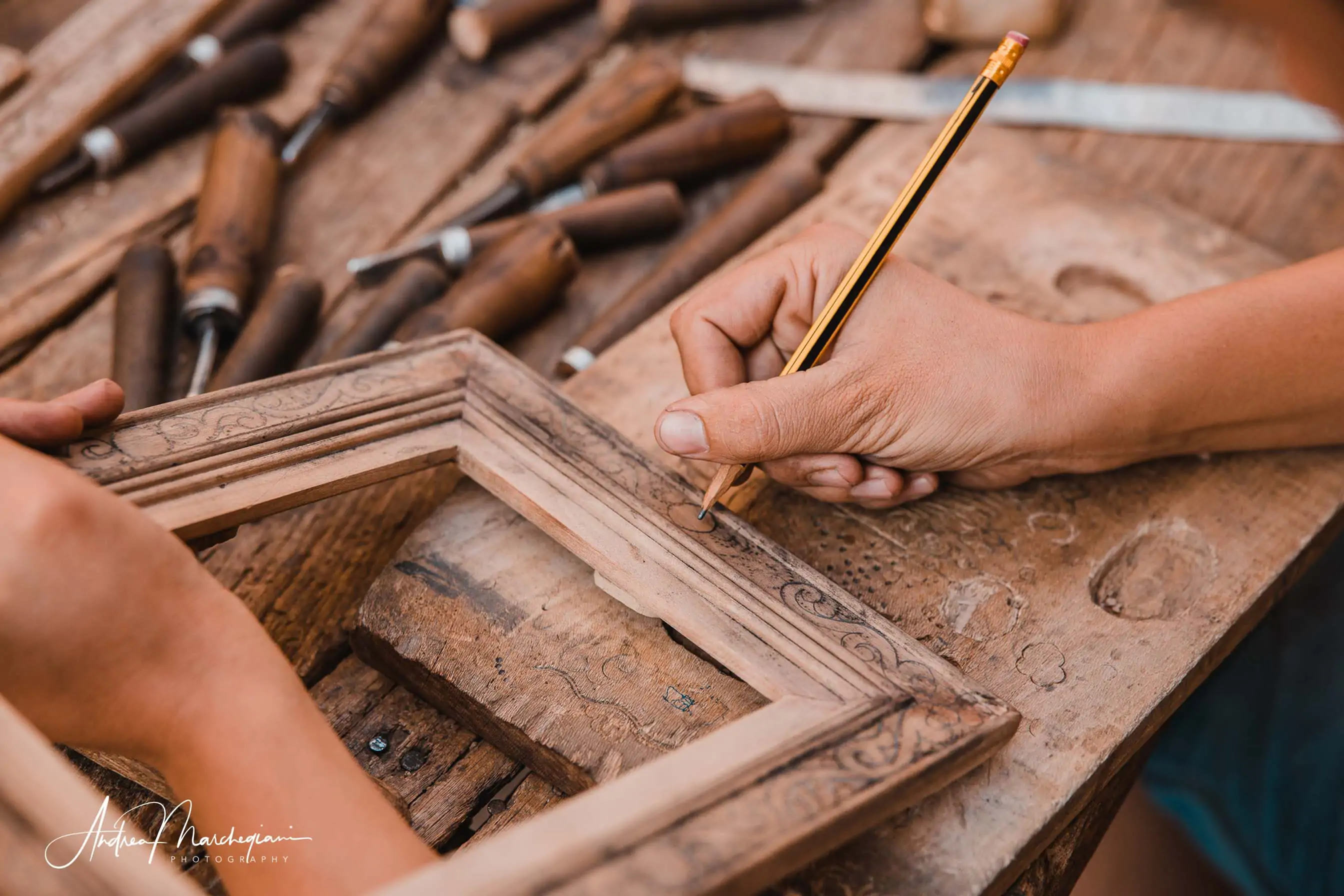
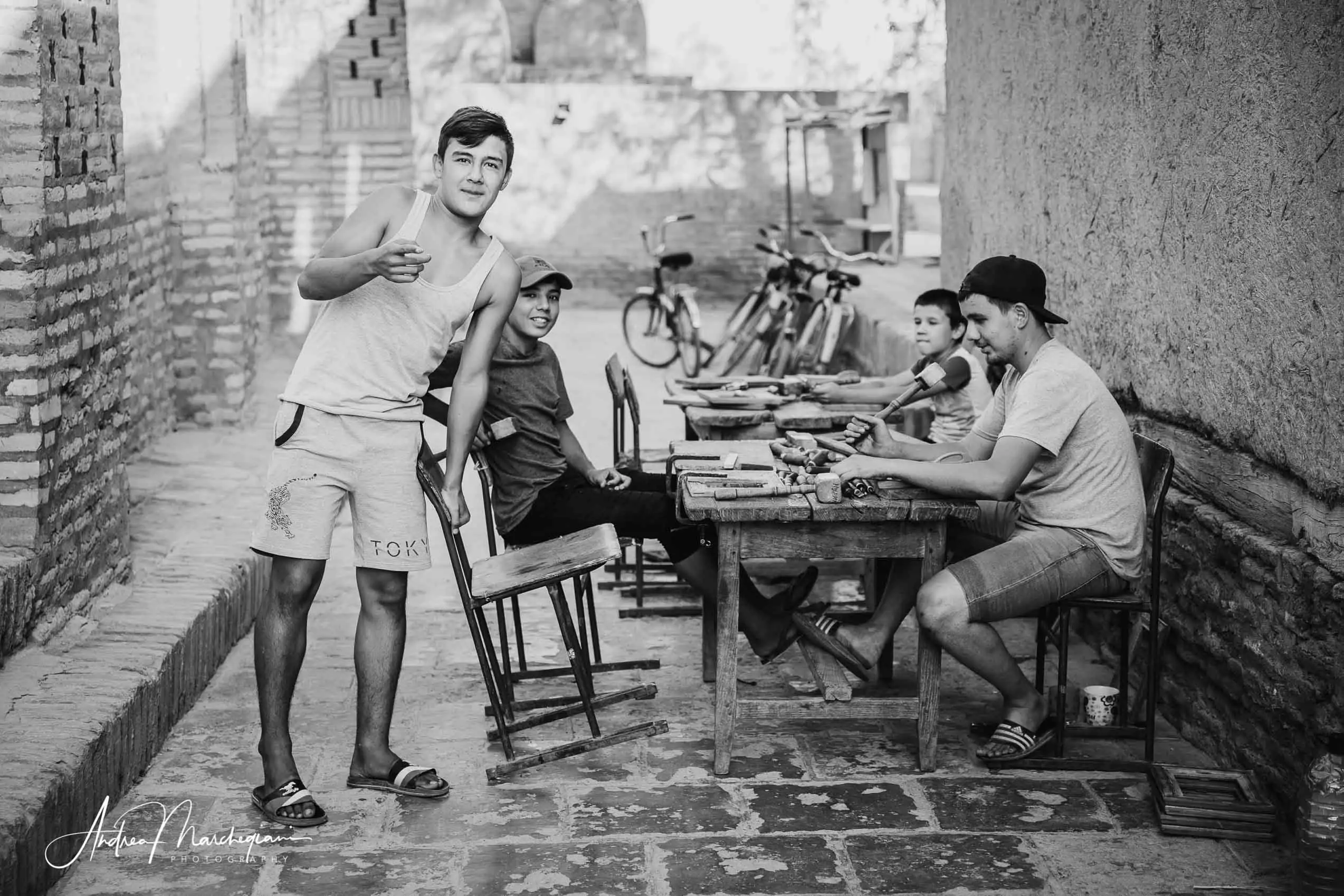
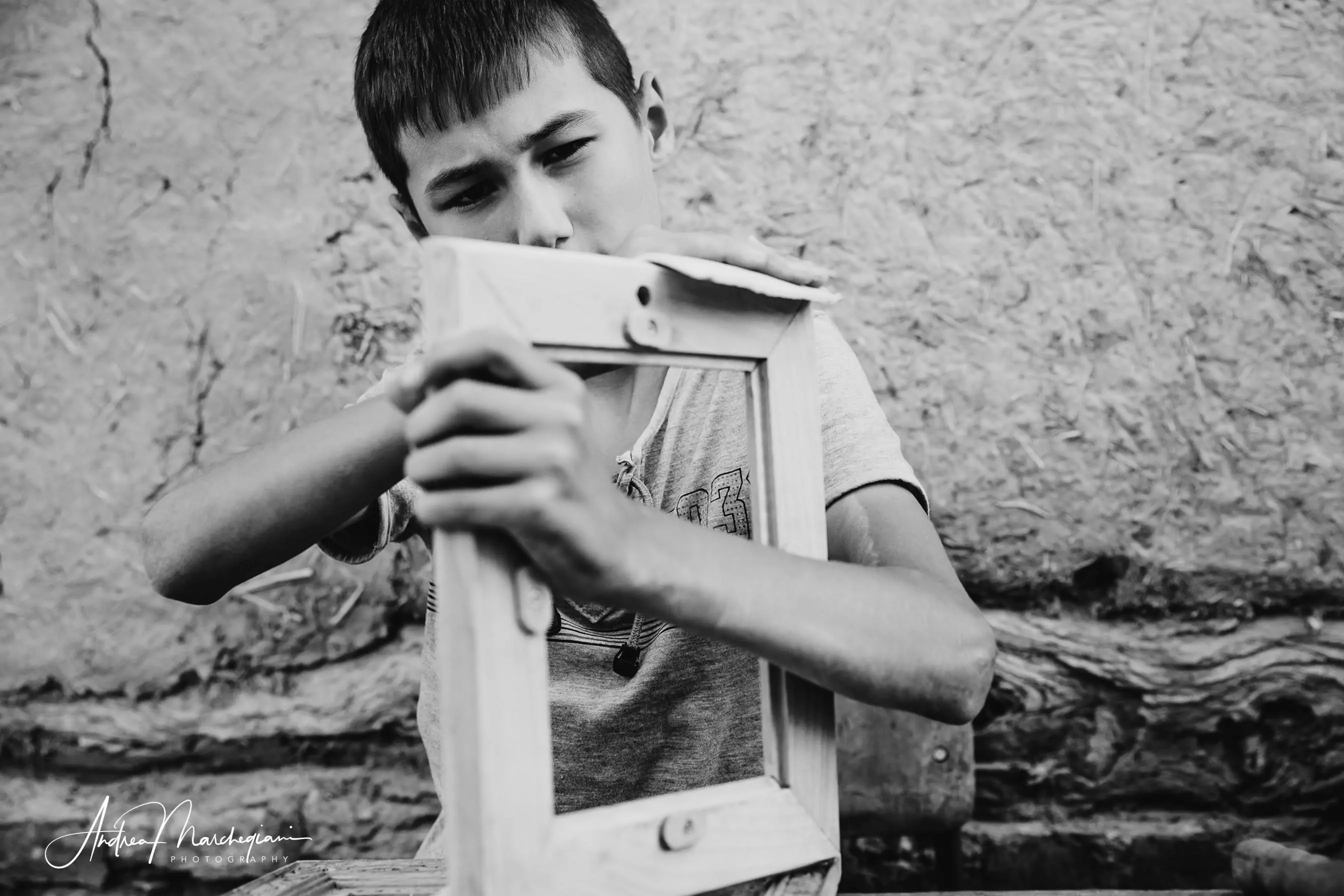
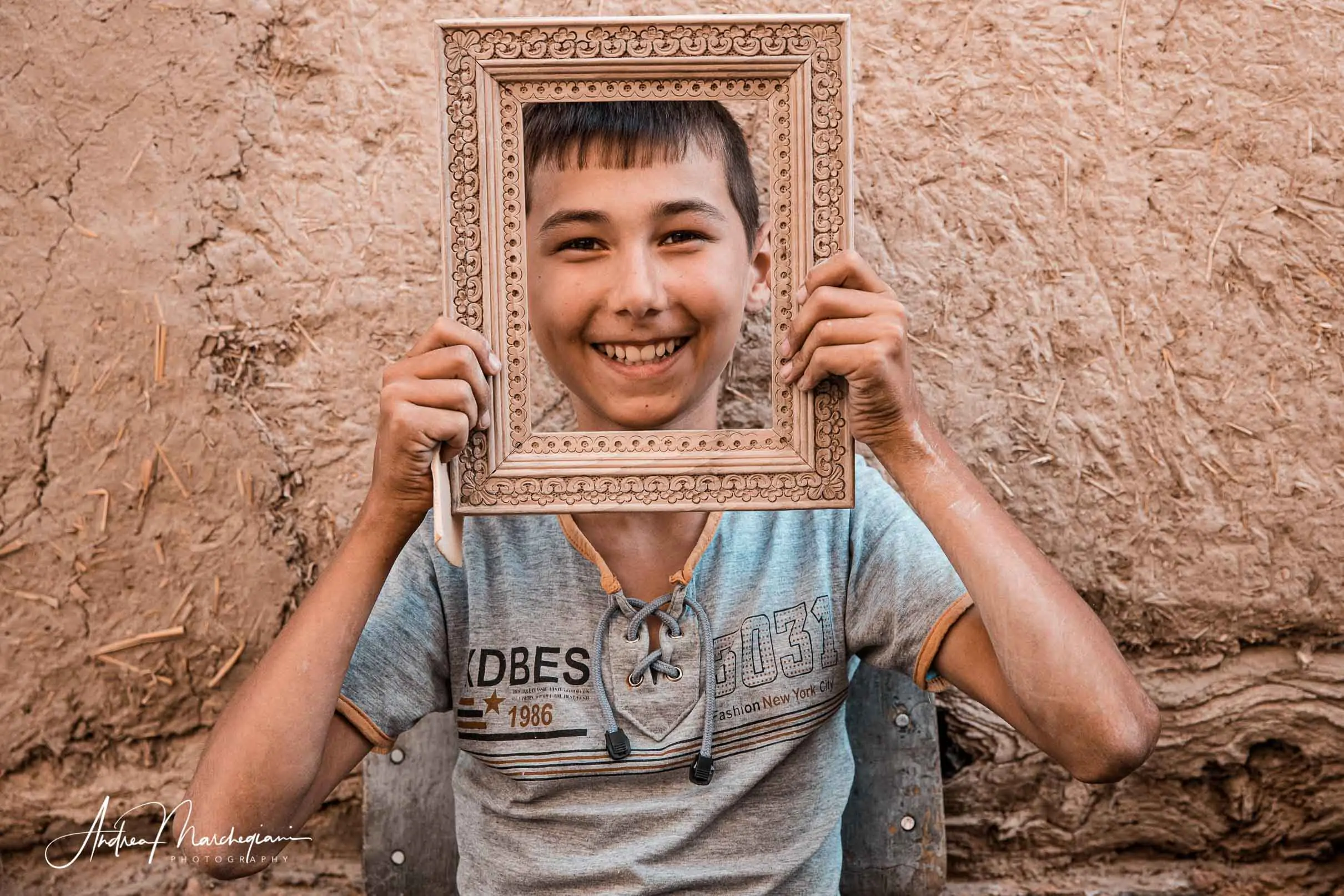
The sunset over Khiva
As the sun sets, I climb to the top of the west walls and admire the facades of the buildings. It’s a wonderful view. Zilola lets us enjoy the last moments of the day, then greets us cheerfully and leaves.
It is about to get dark: the sky still holds a few crumbs of light, the street lamps are already on and the historic center releases all its charm.
Wherever my gaze meets that of a passer-by or a shopkeeper I receive a welcoming smile. If I try to steal a photo and get caught, people burst out laughing and pose.
Uzbek hospitality has no borders. Here foreigners are considered sacred and deserves the best possible welcome. Everyone is obliged to give them everything. I stop to play with the local children, to exchange handshakes with the elderly. This kindness in the past must have fed hungry travelers, or saved the life of a refugee enslaved. But kindness, you know, rarely ends up in the pages of history books.
